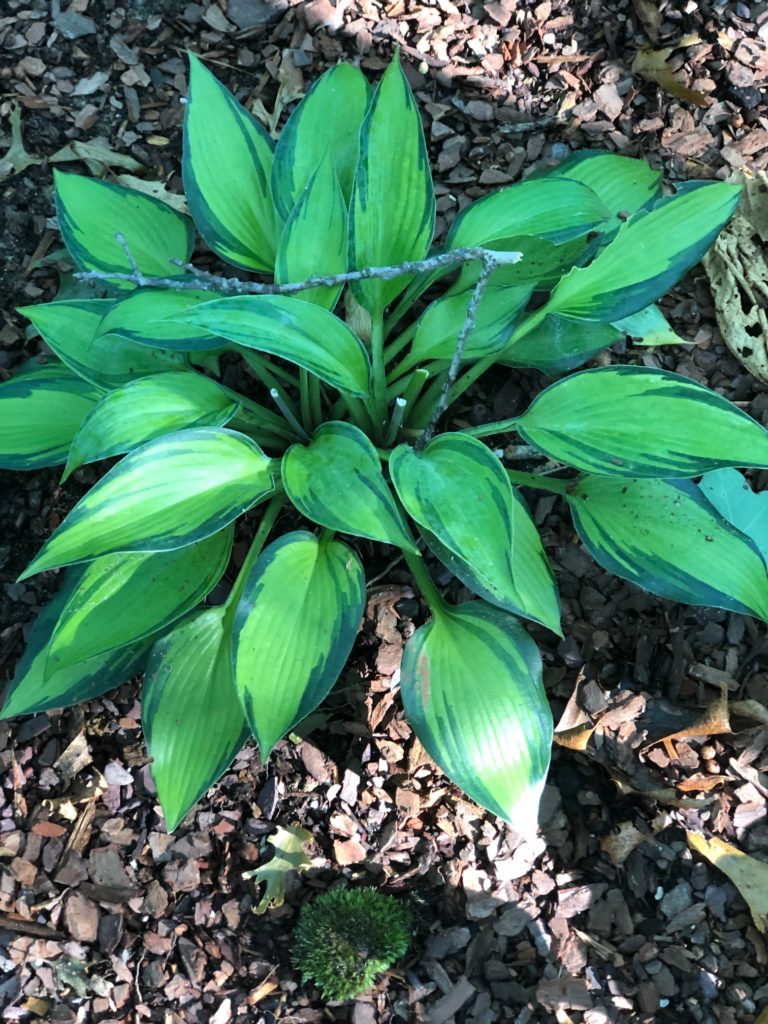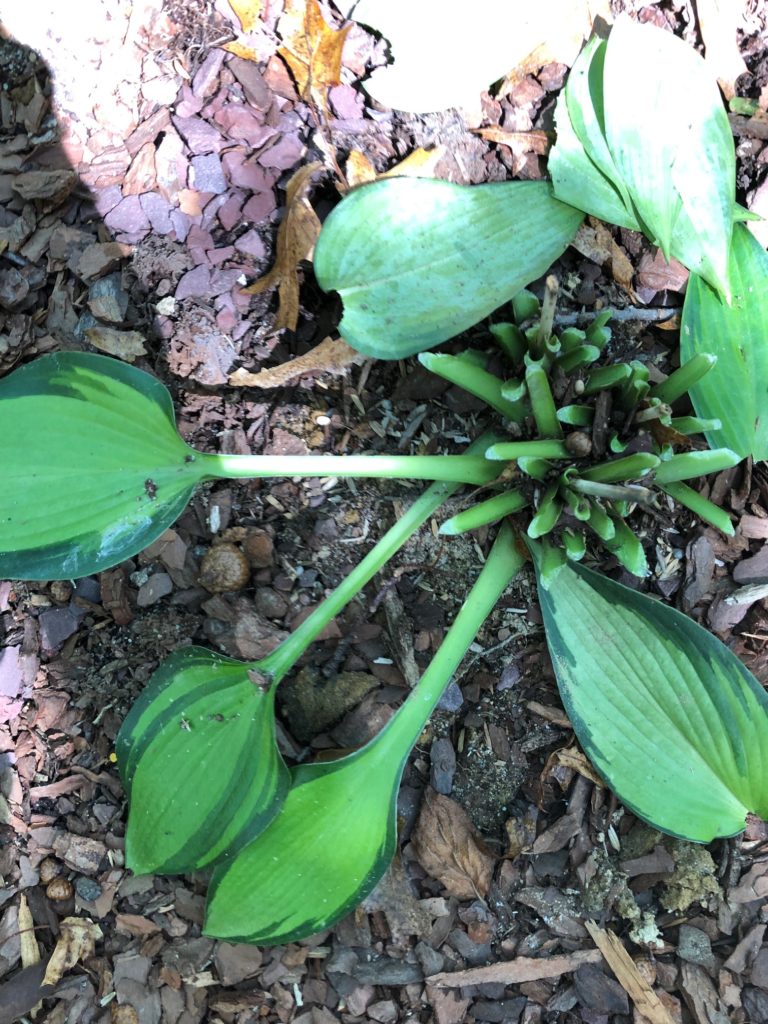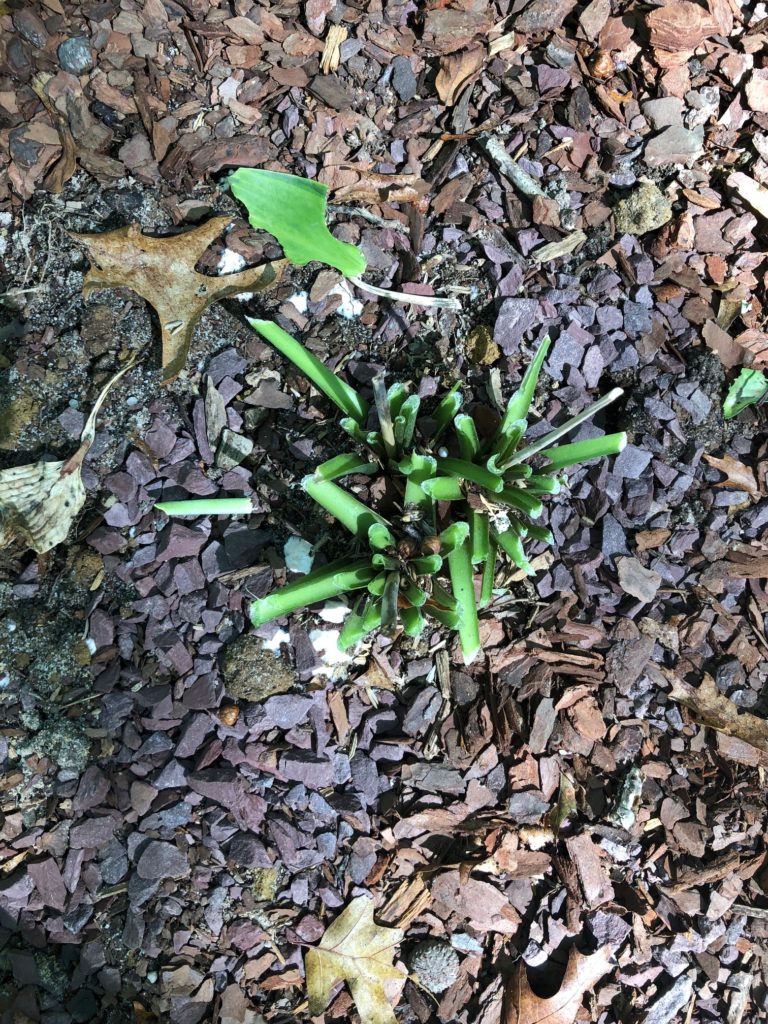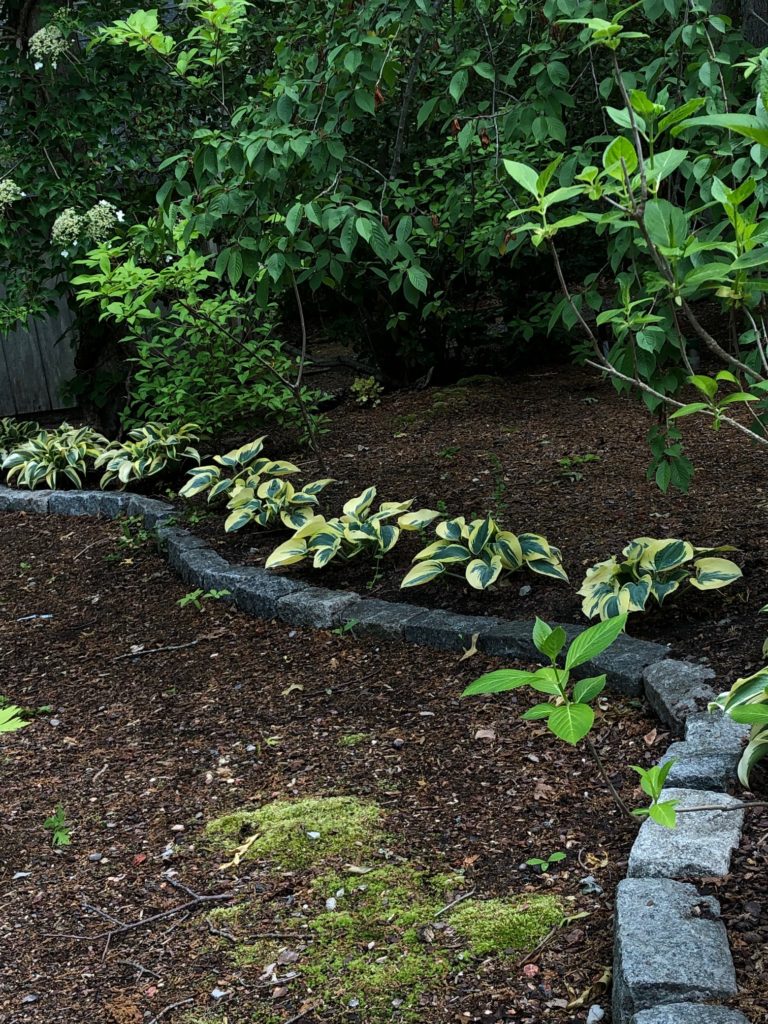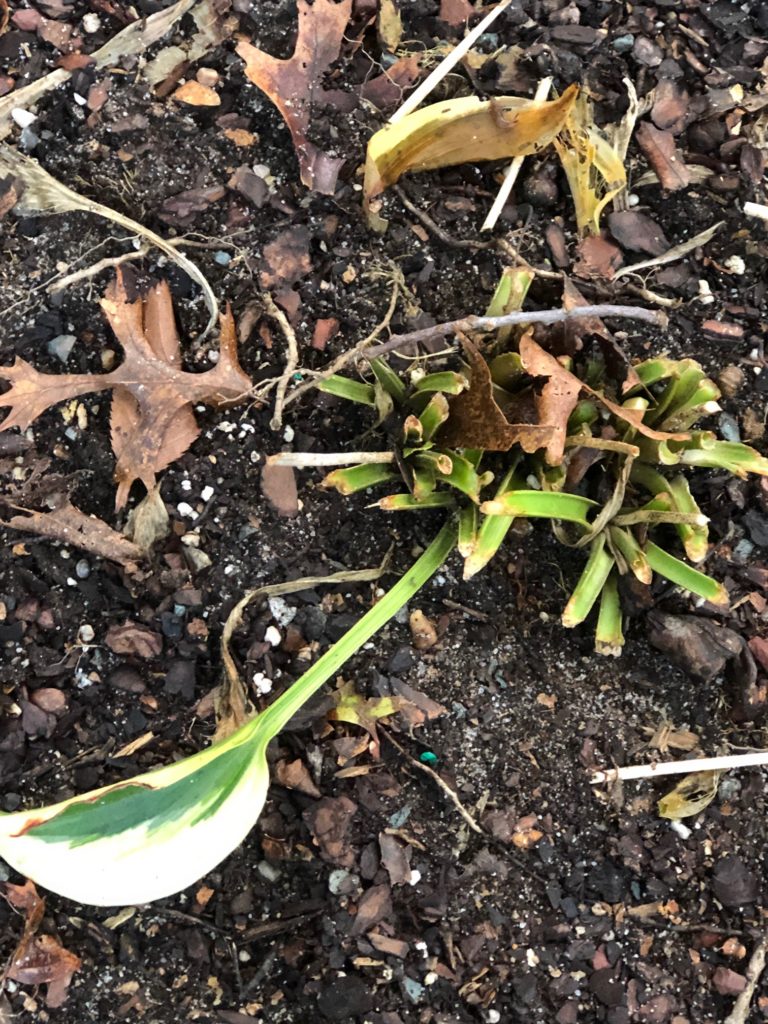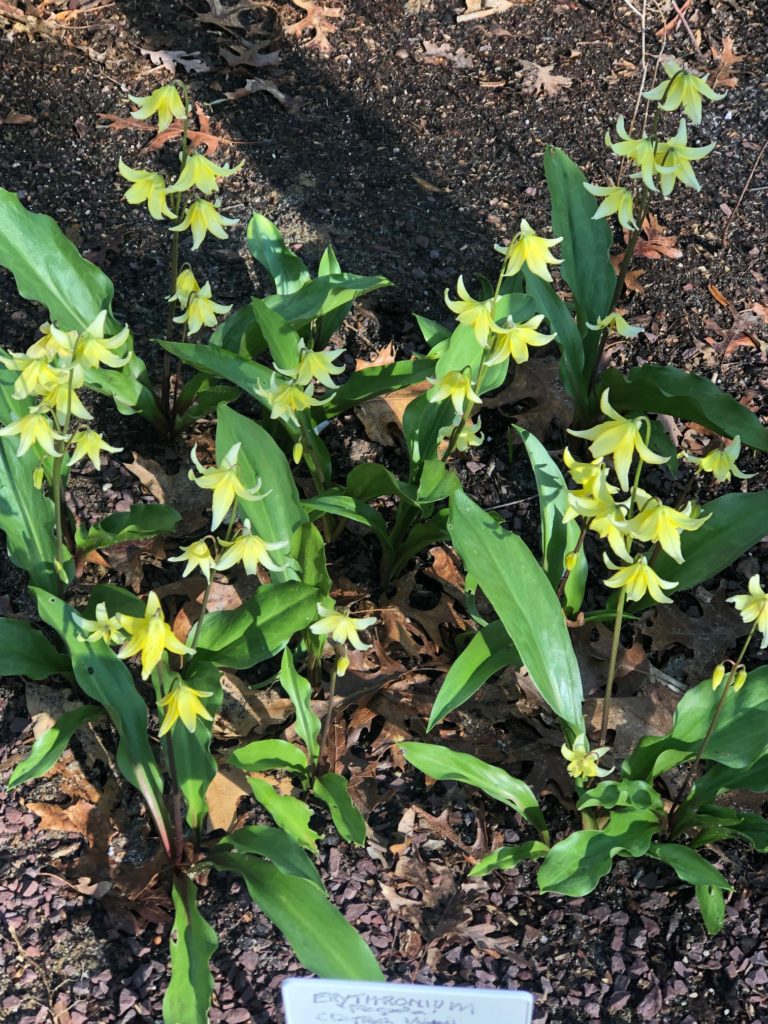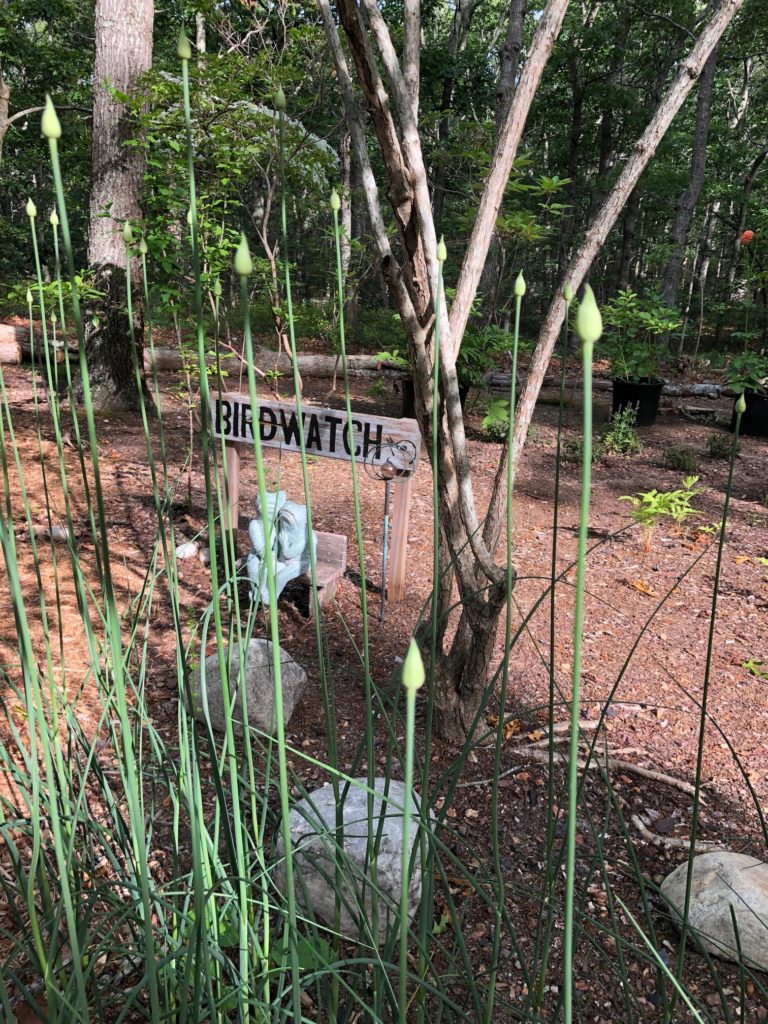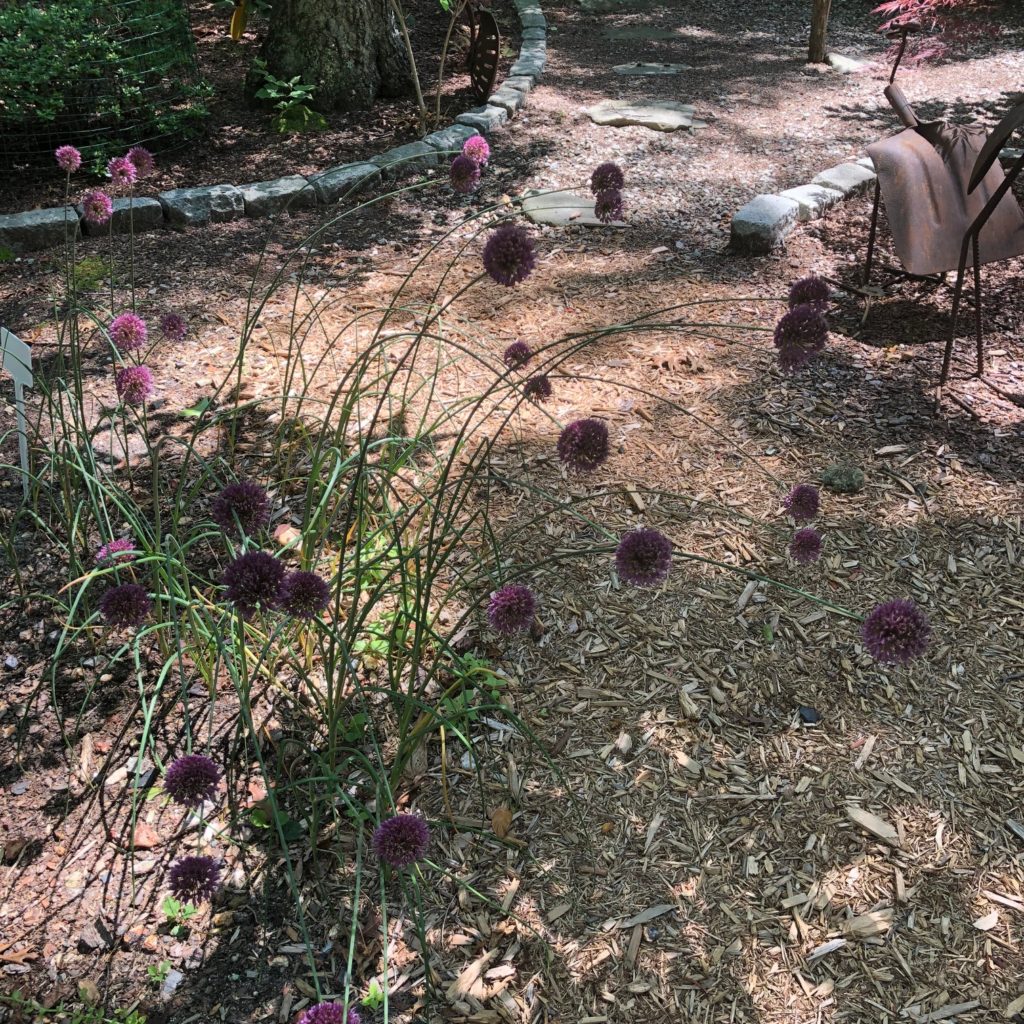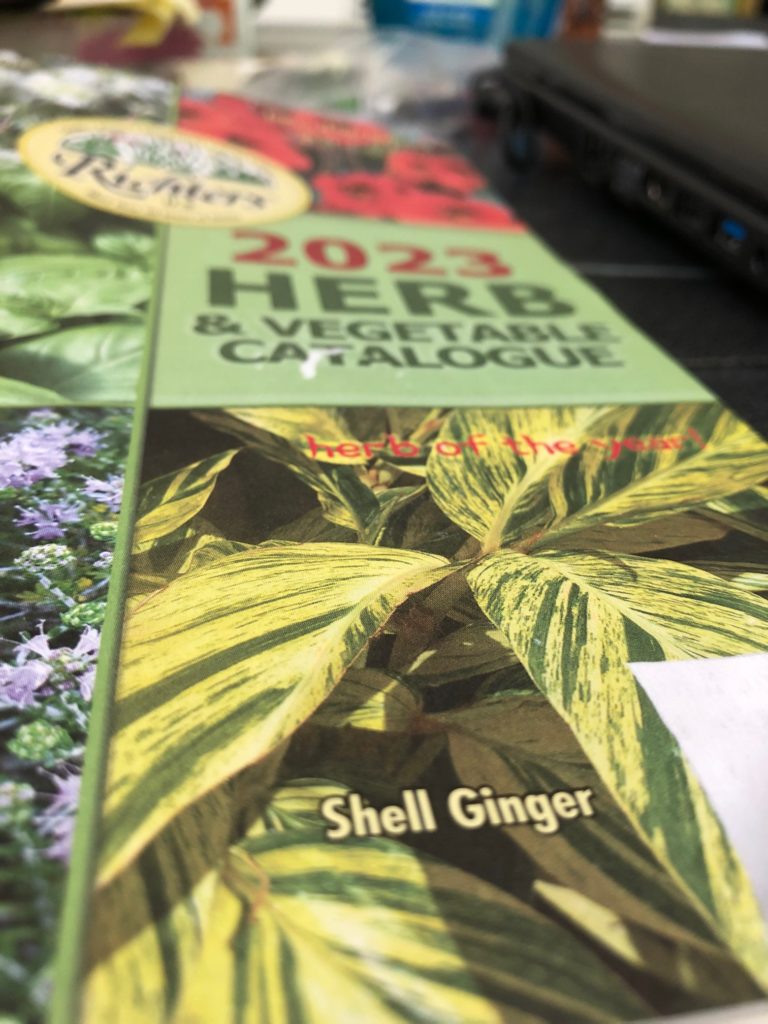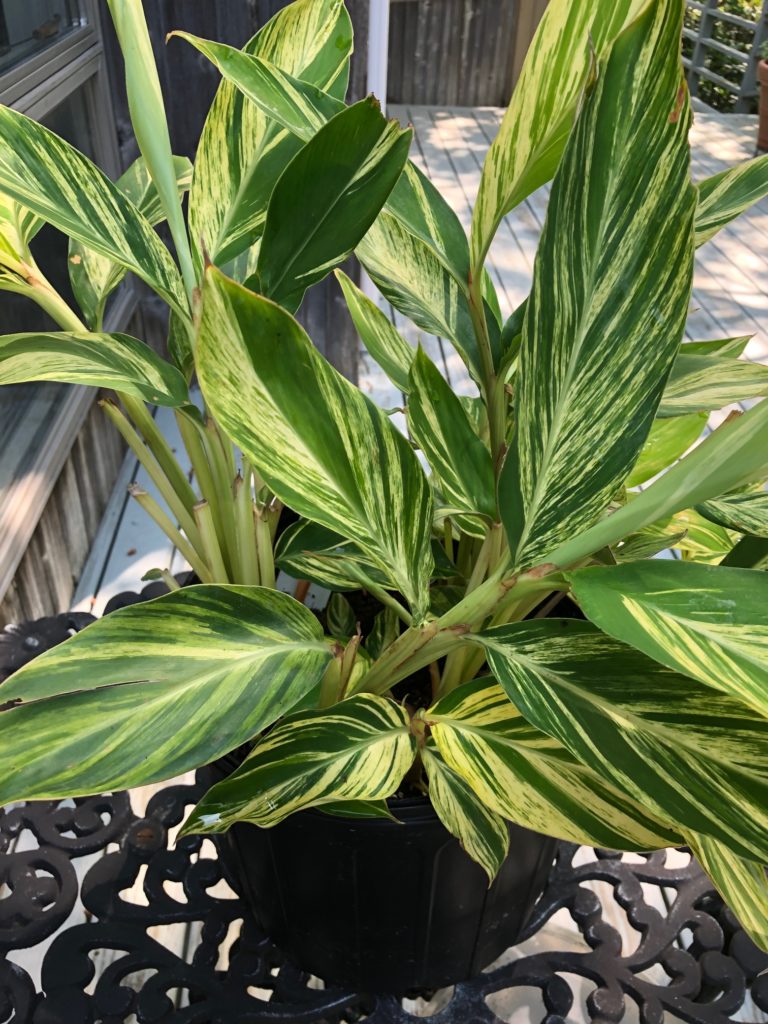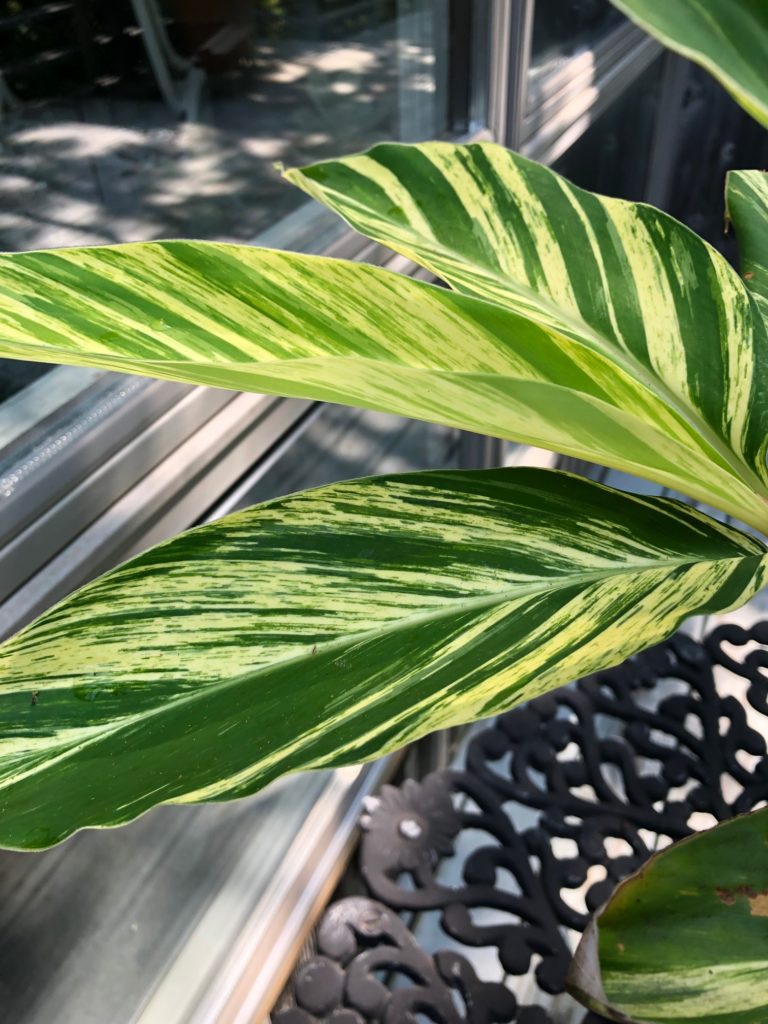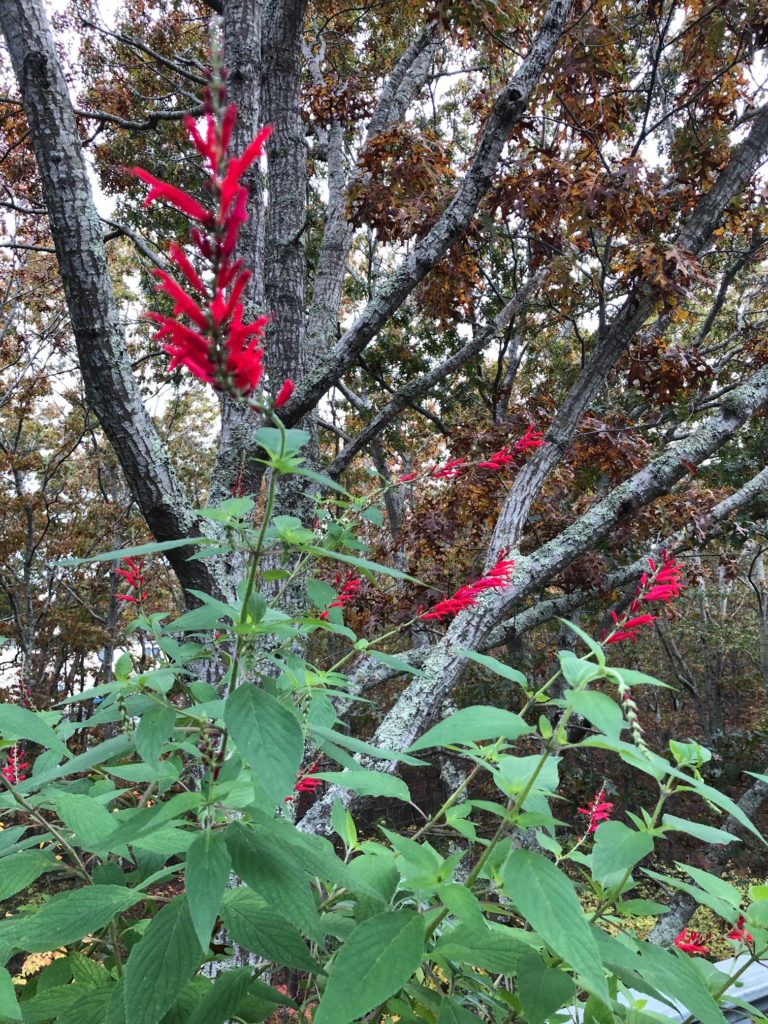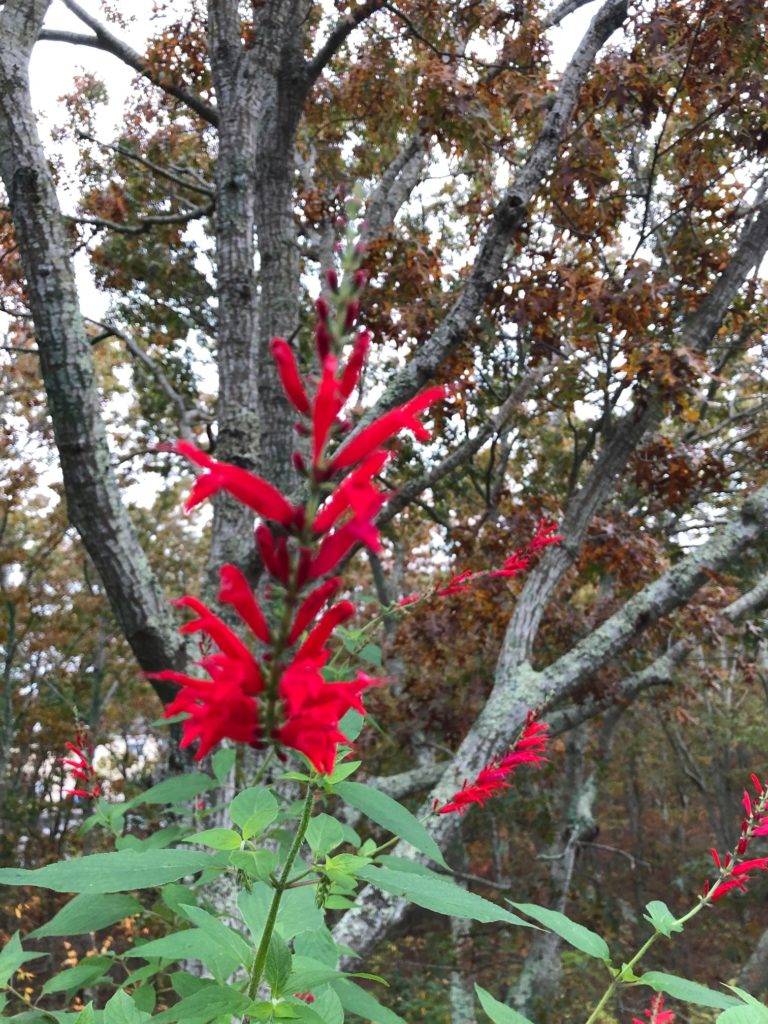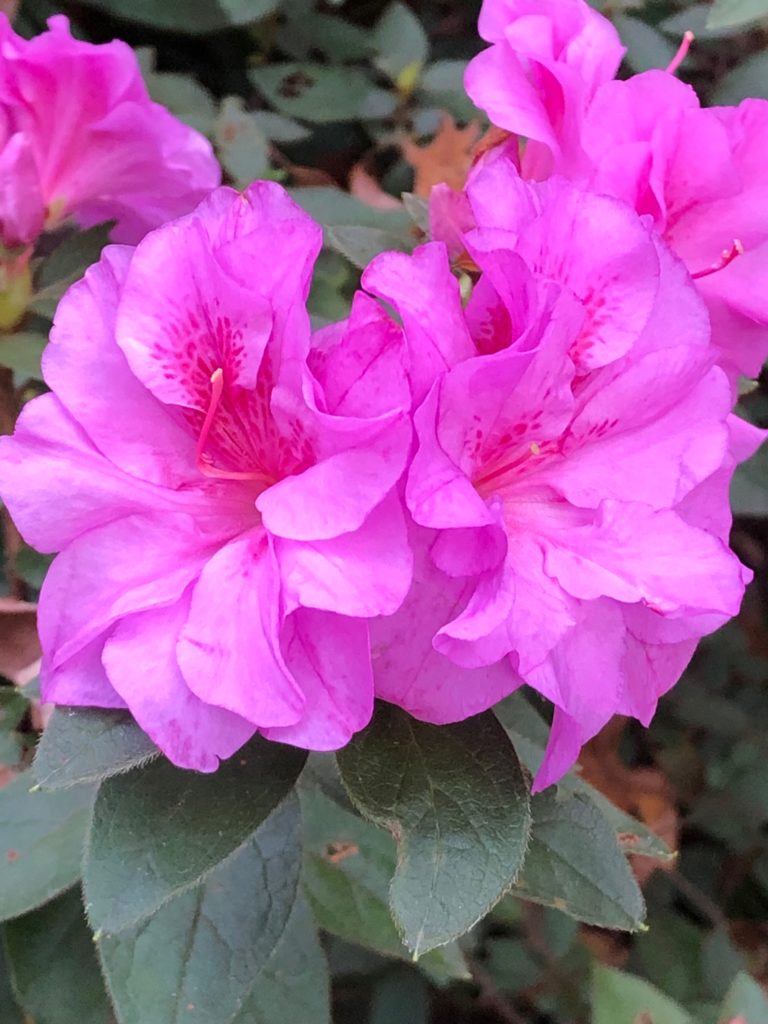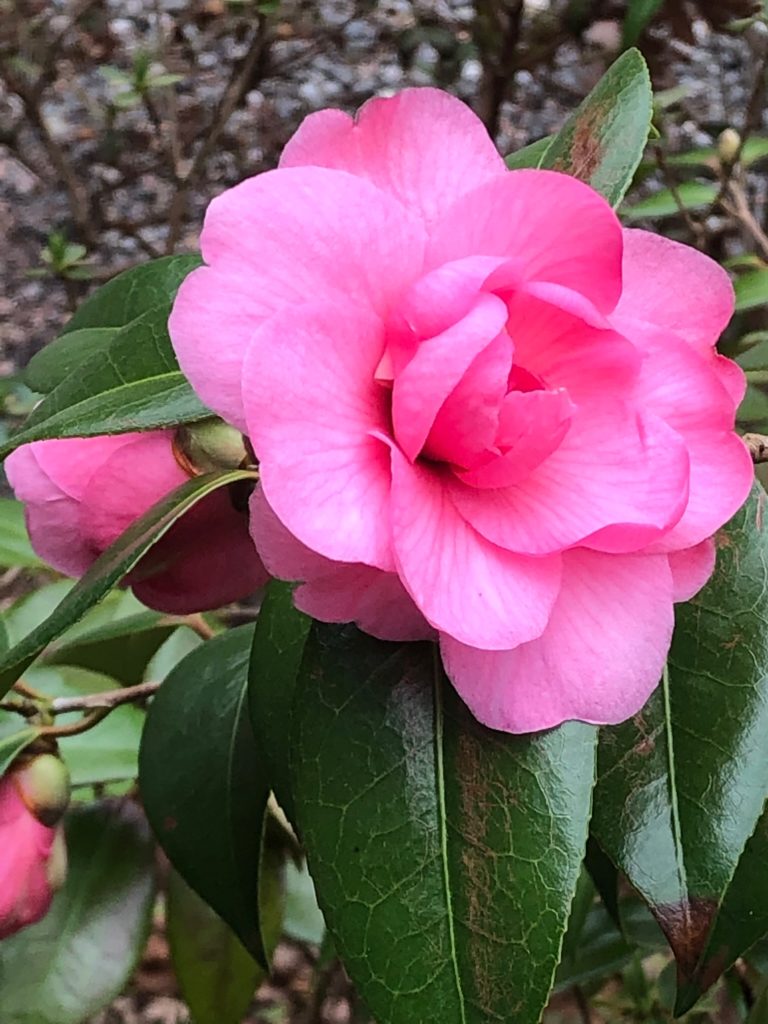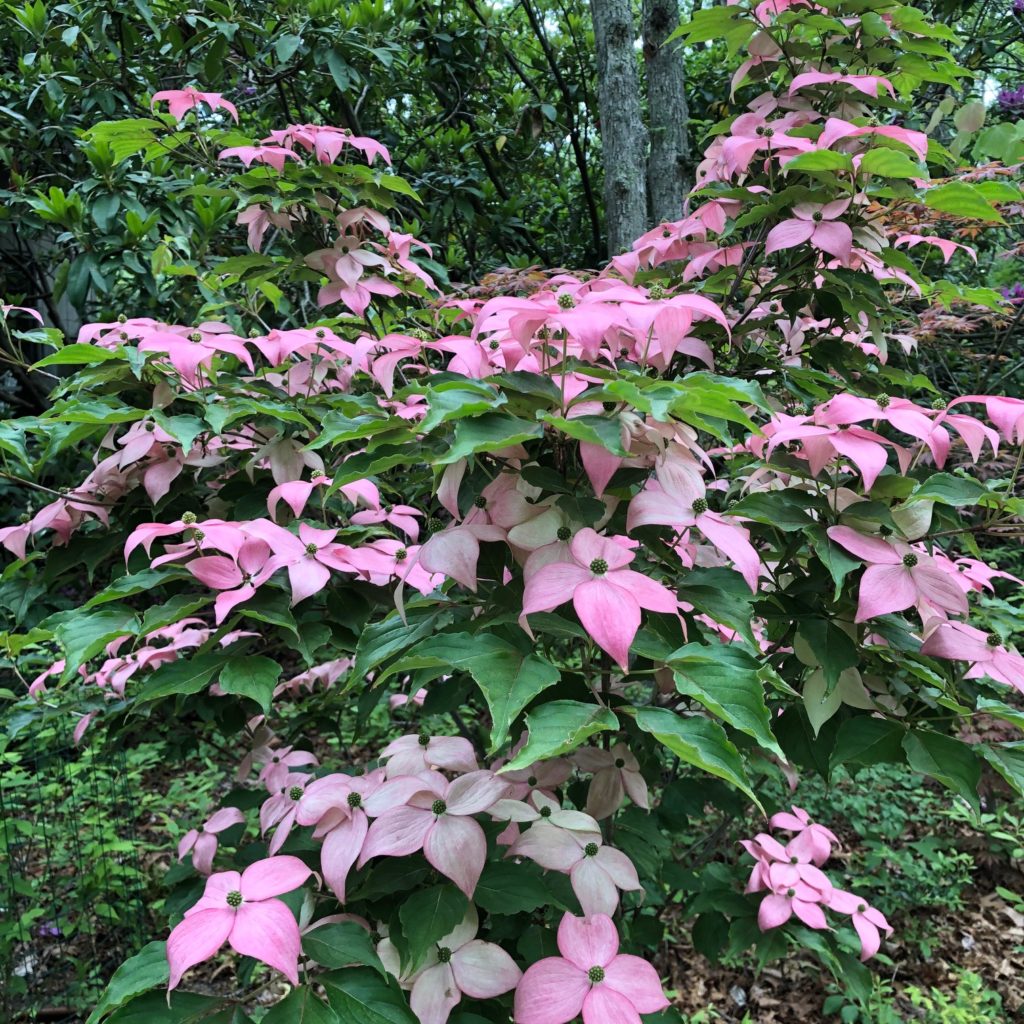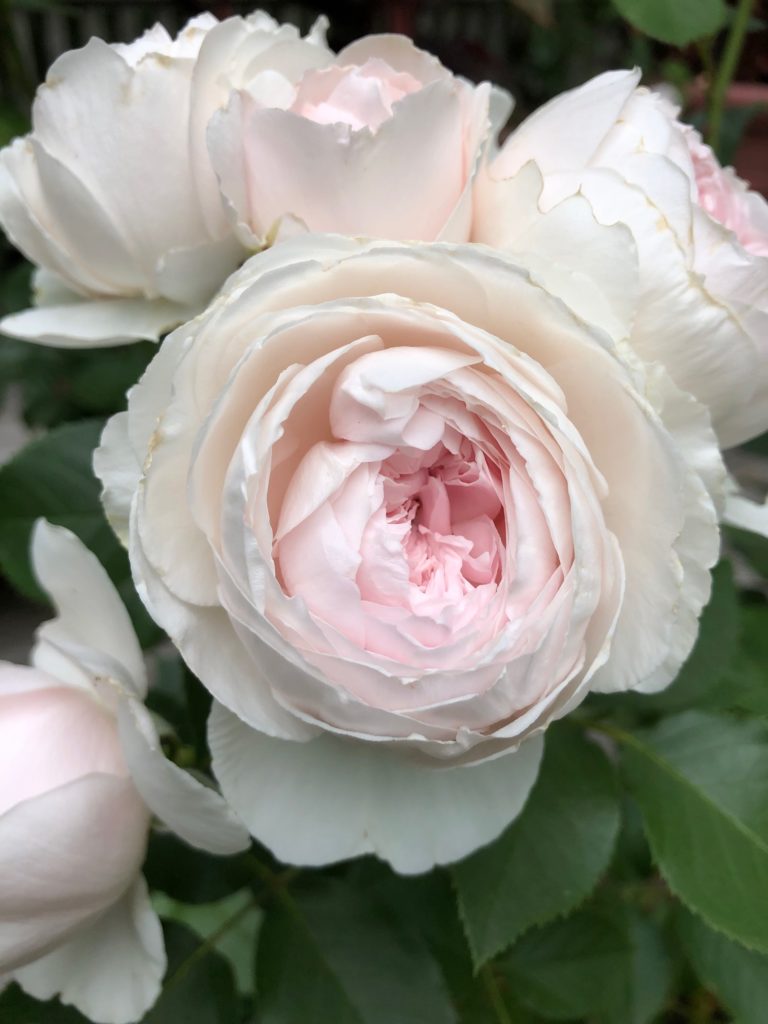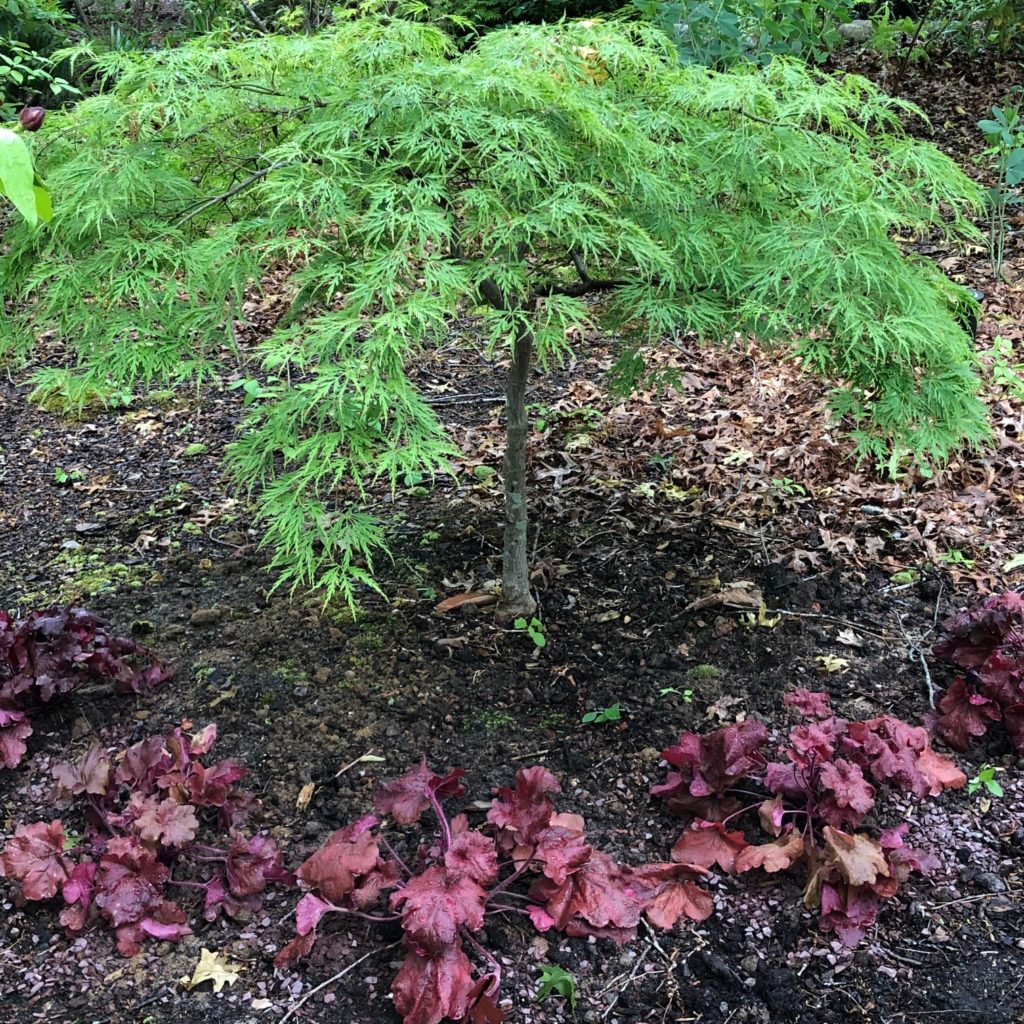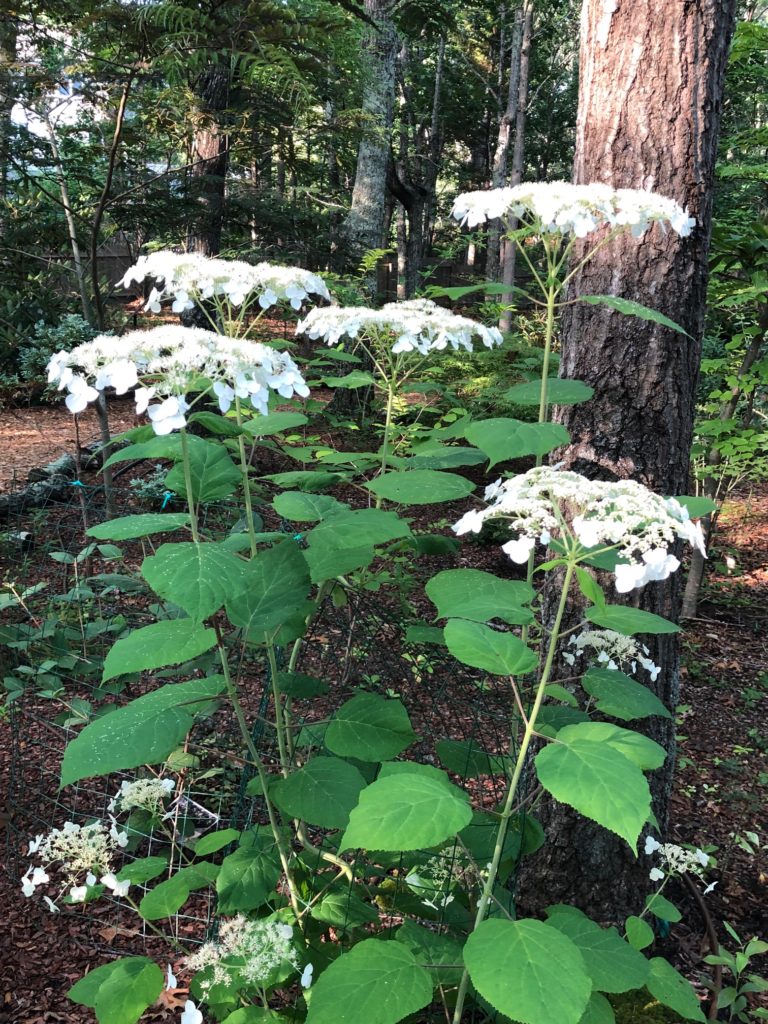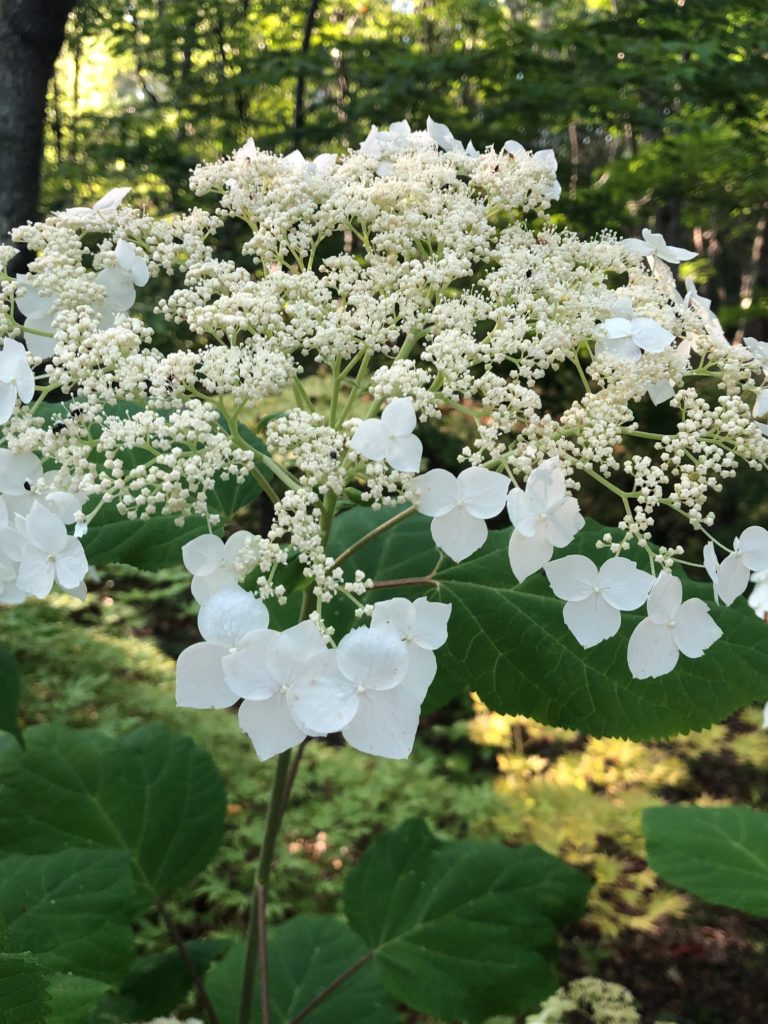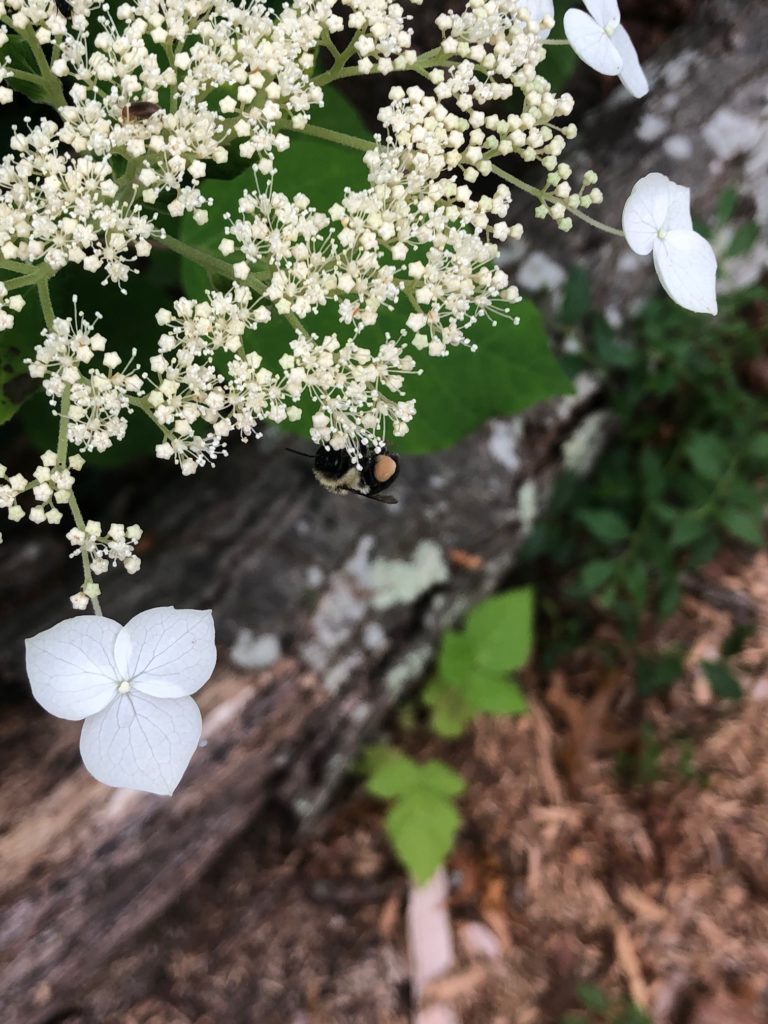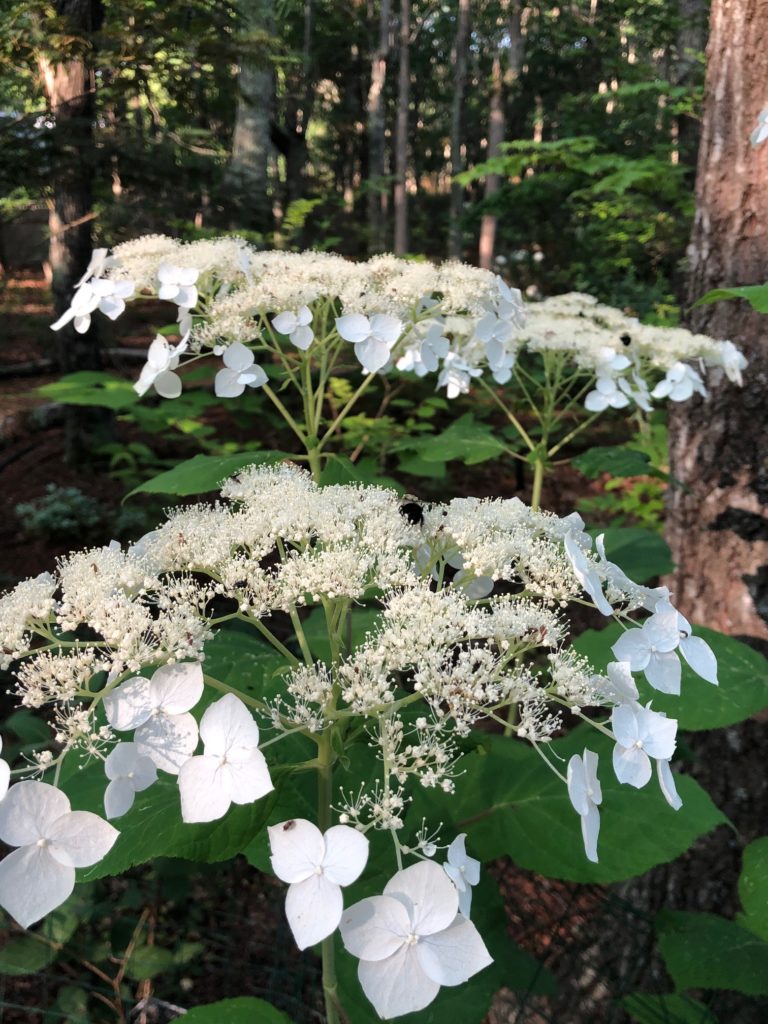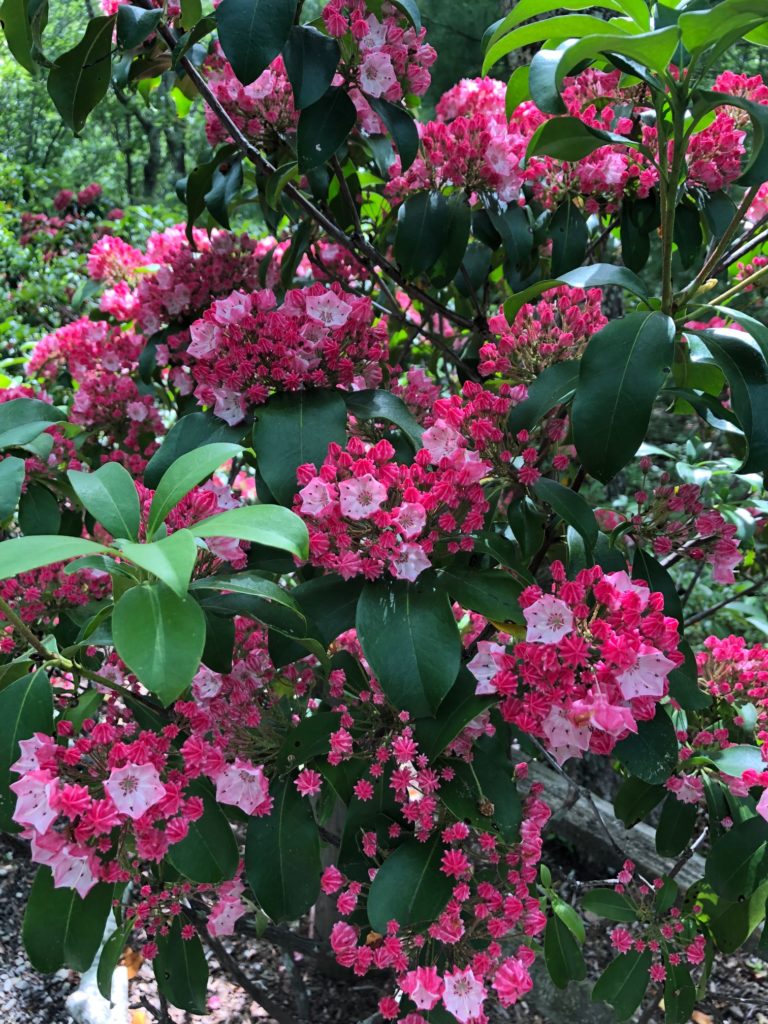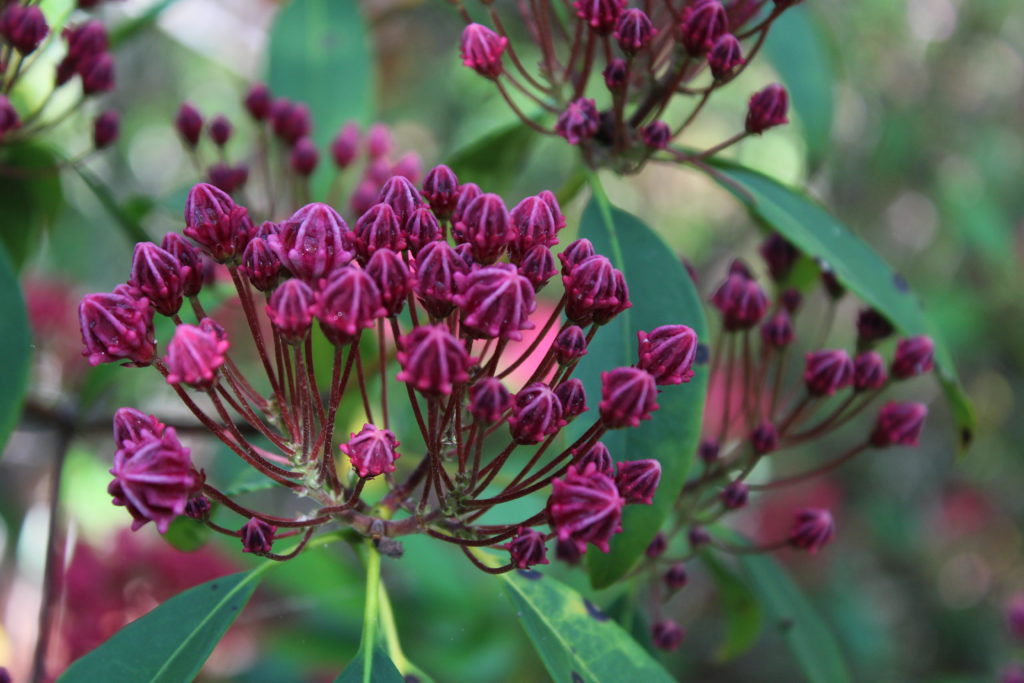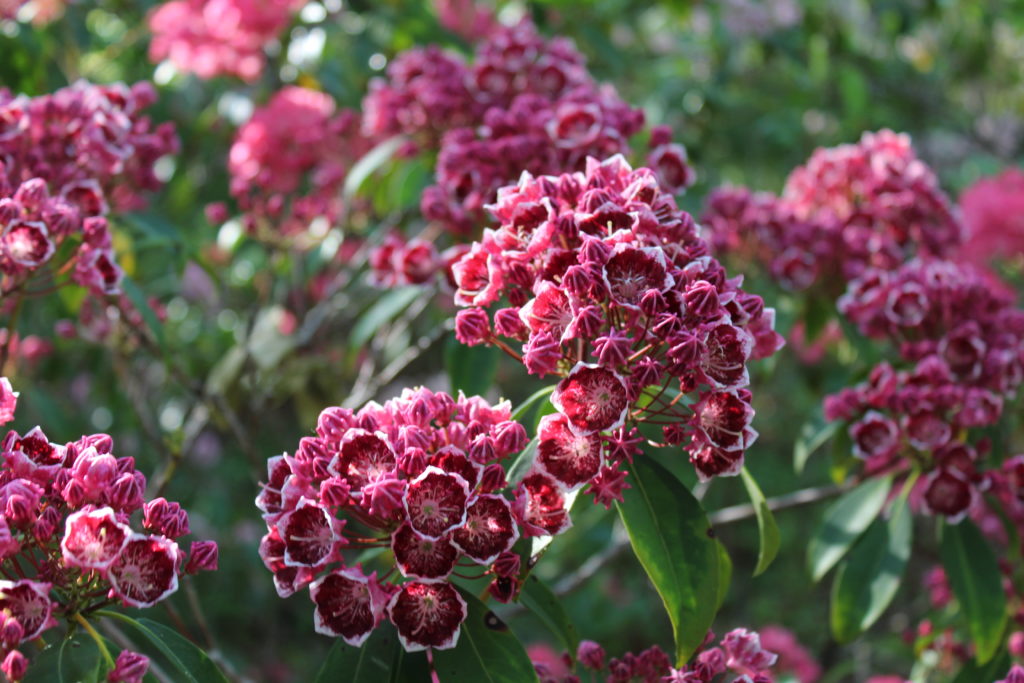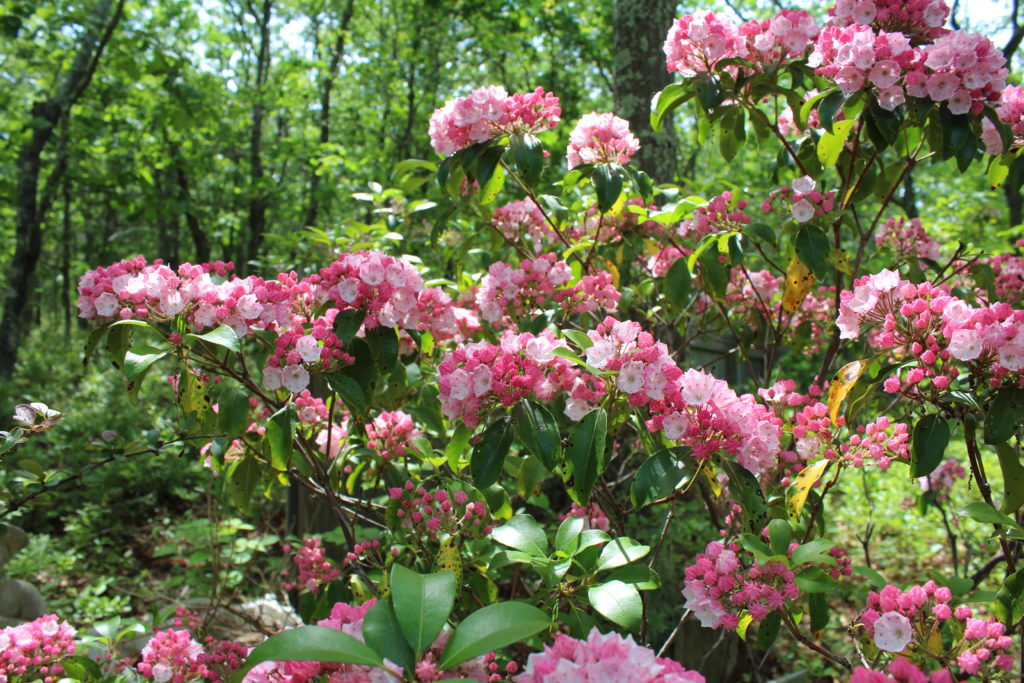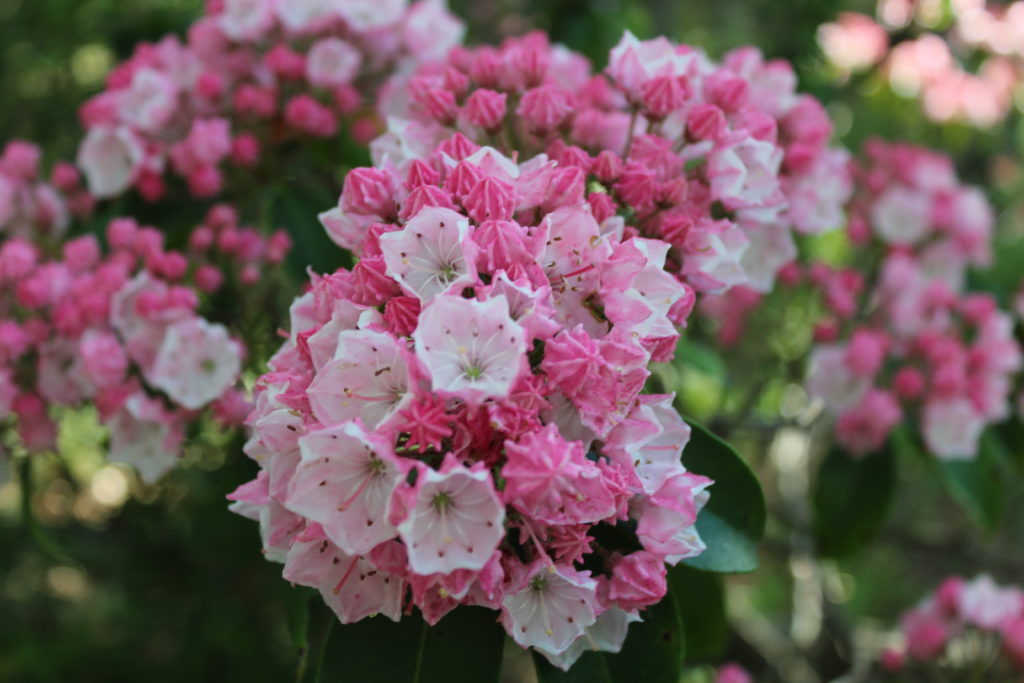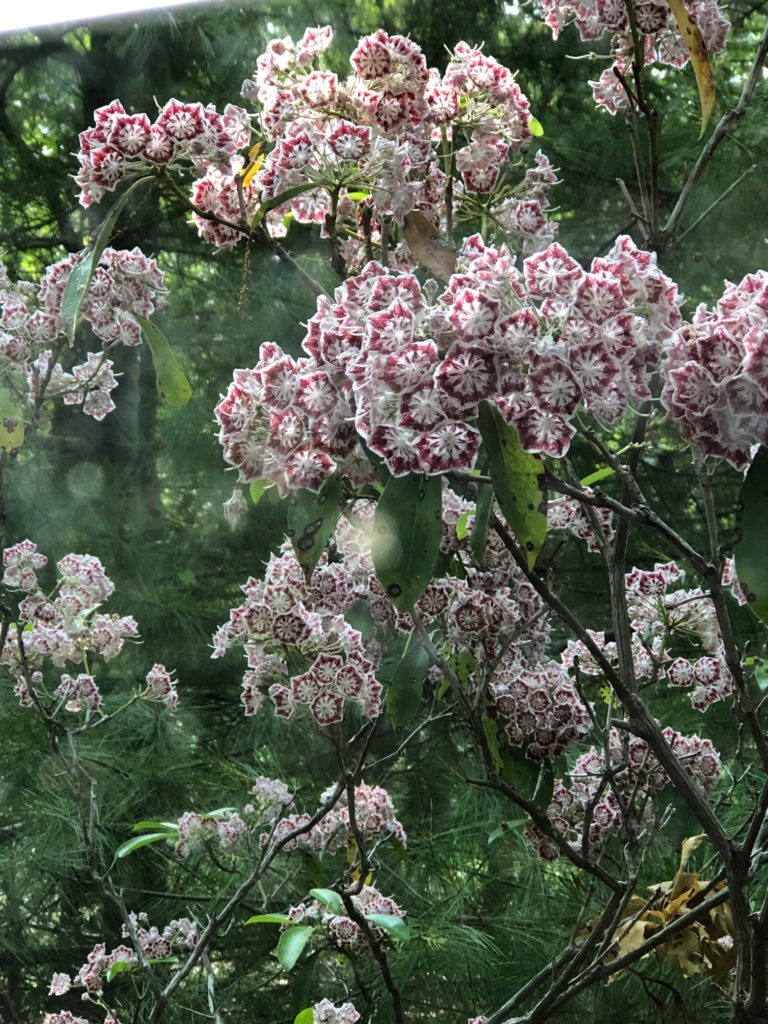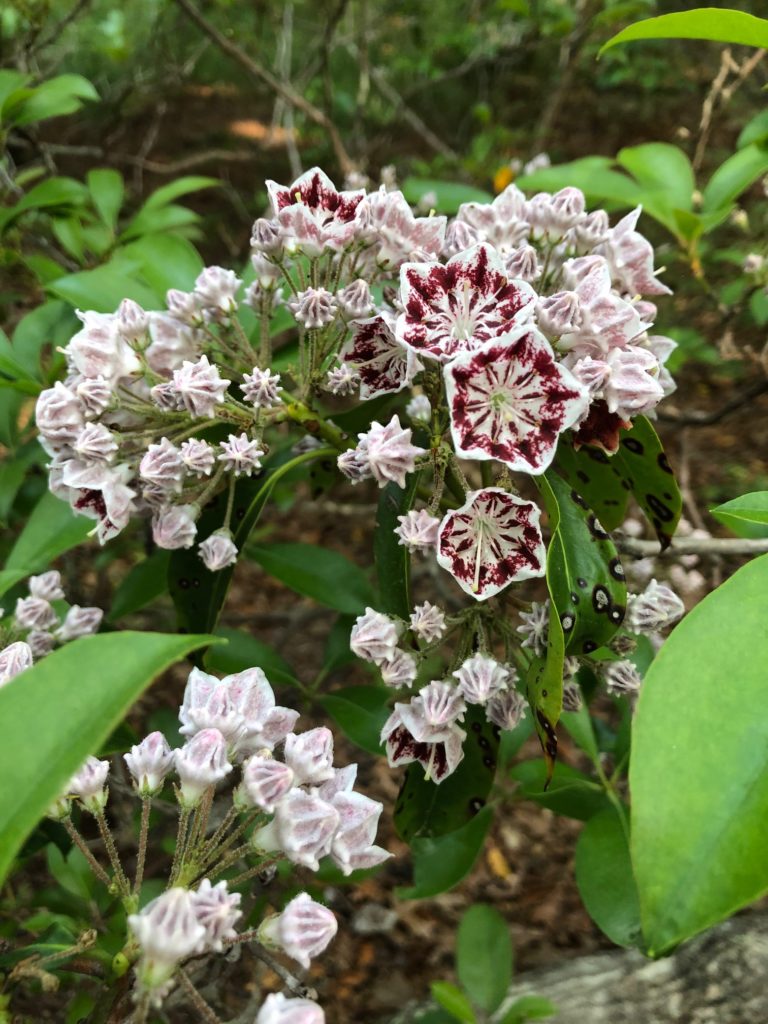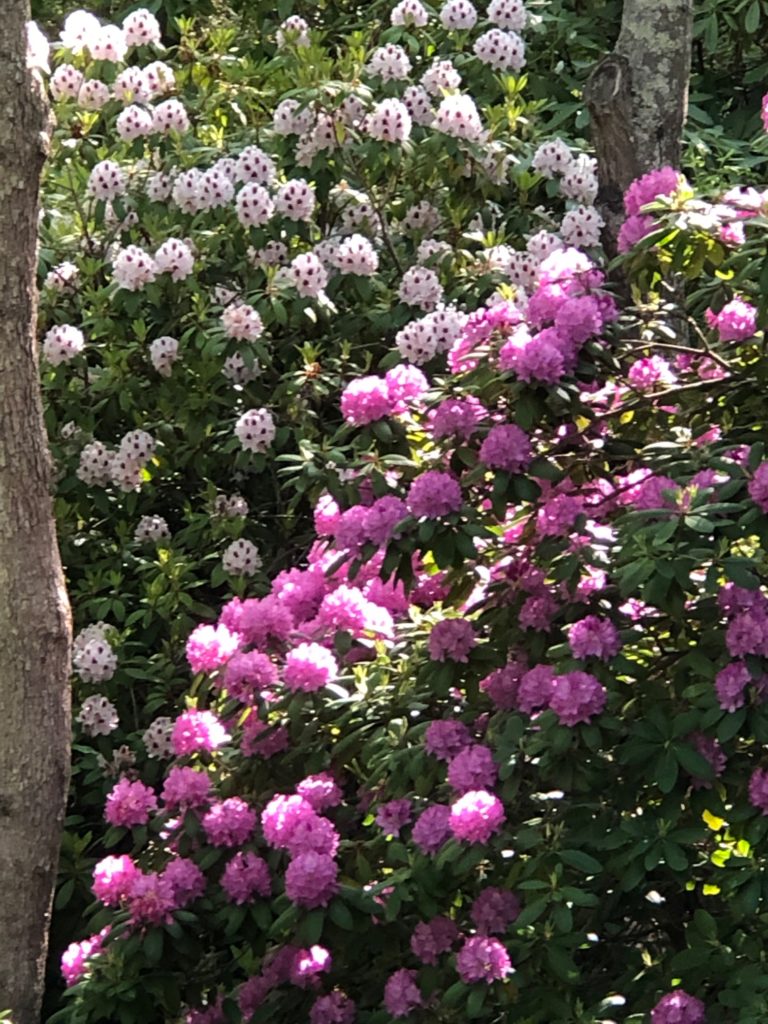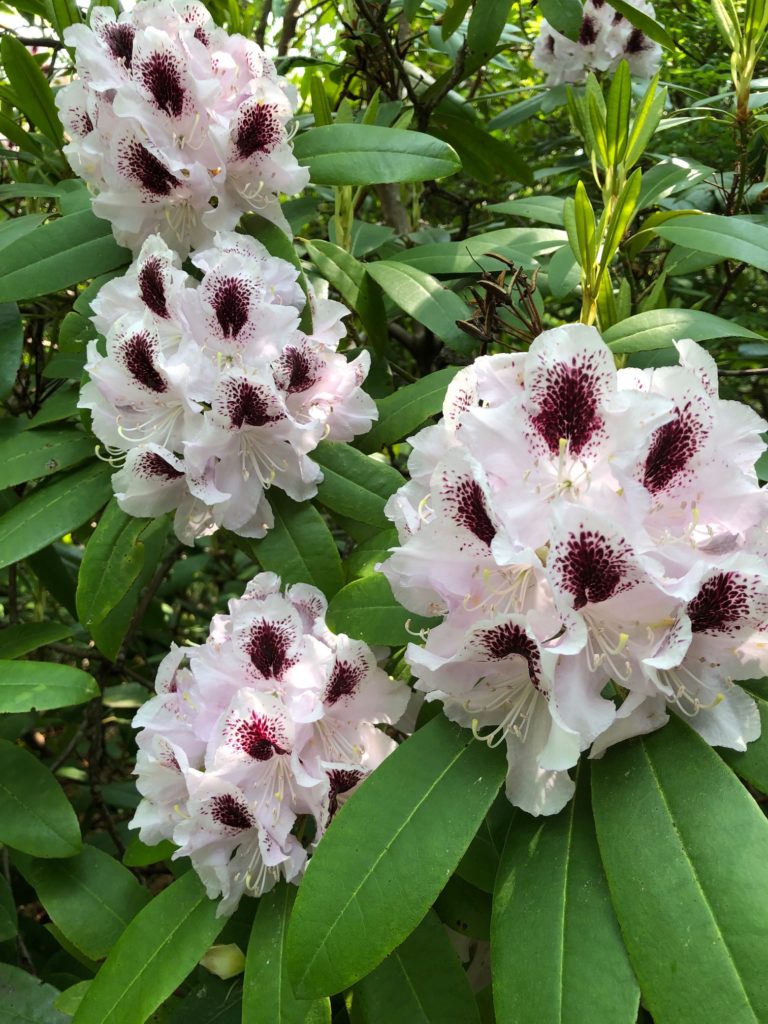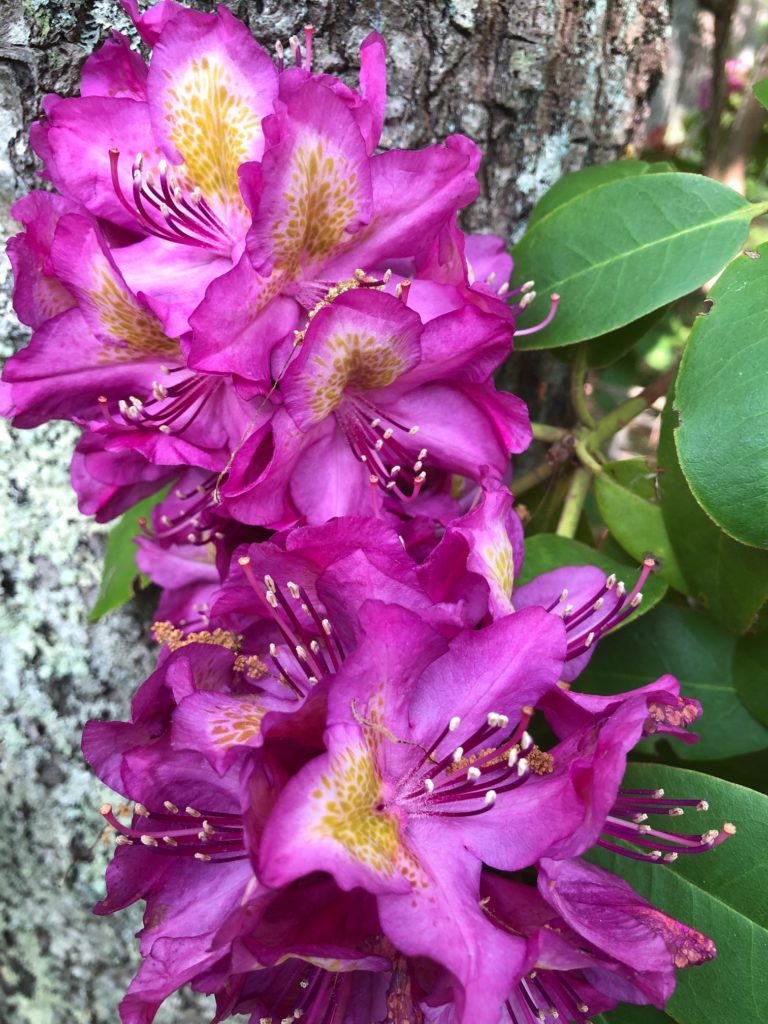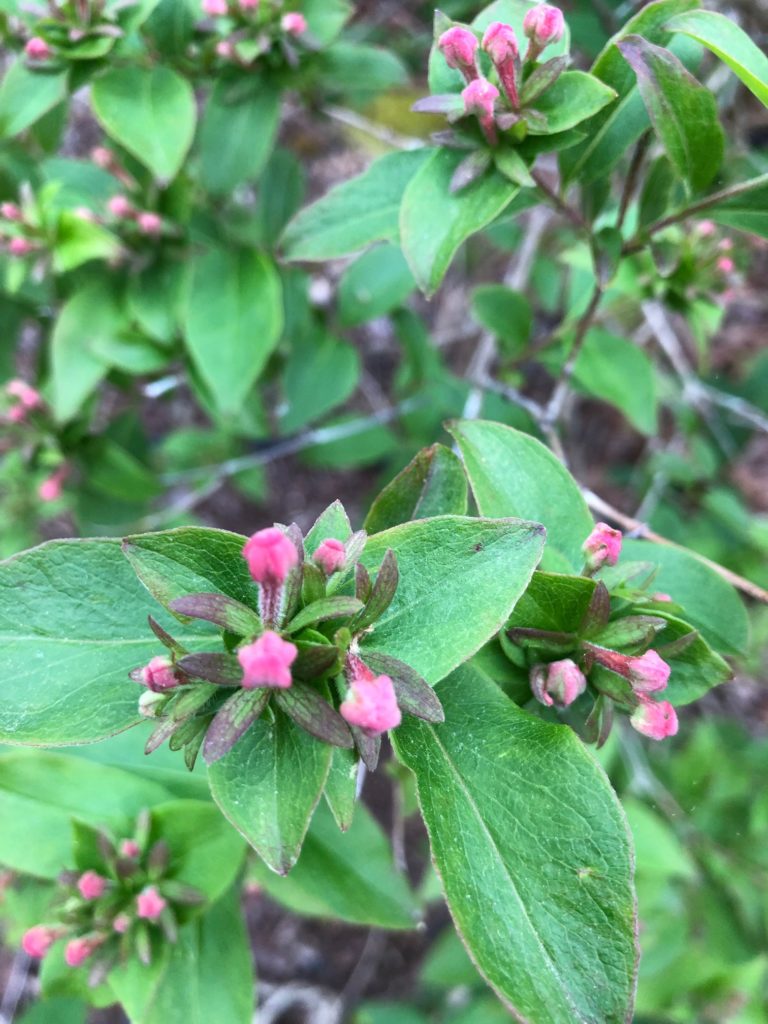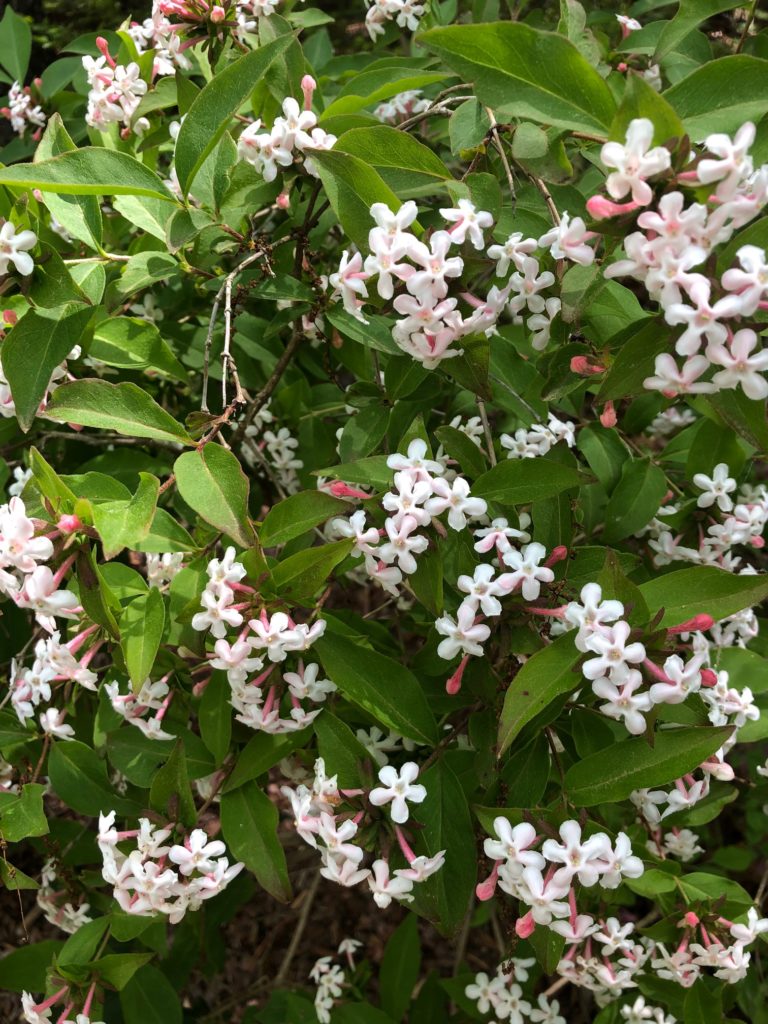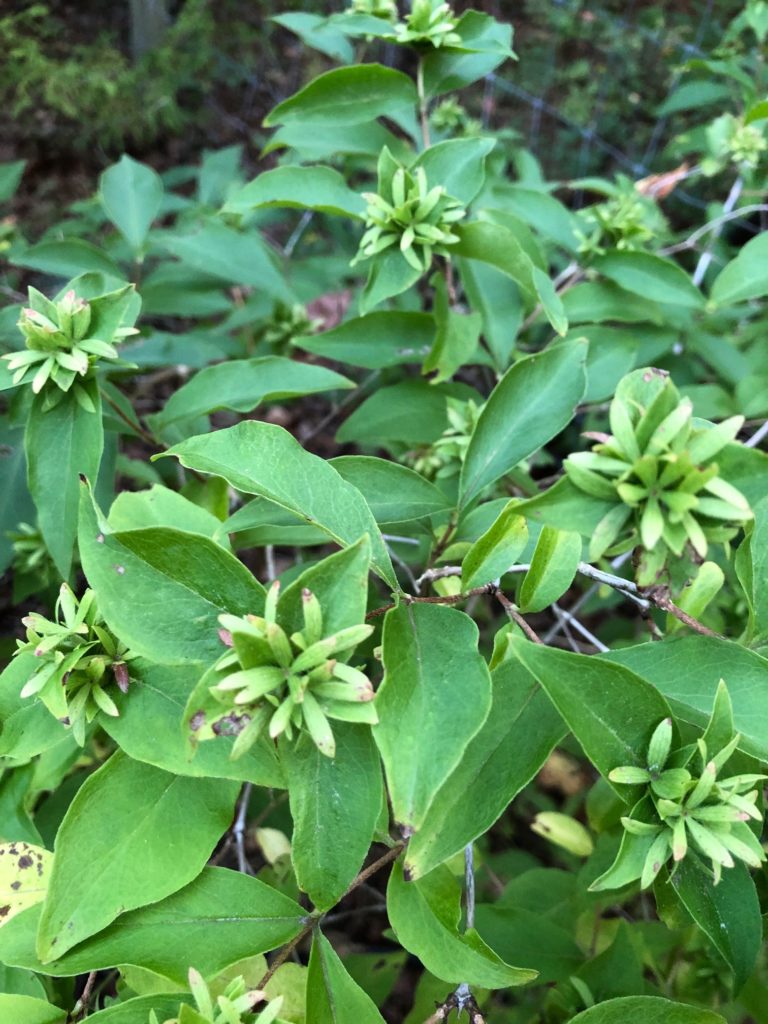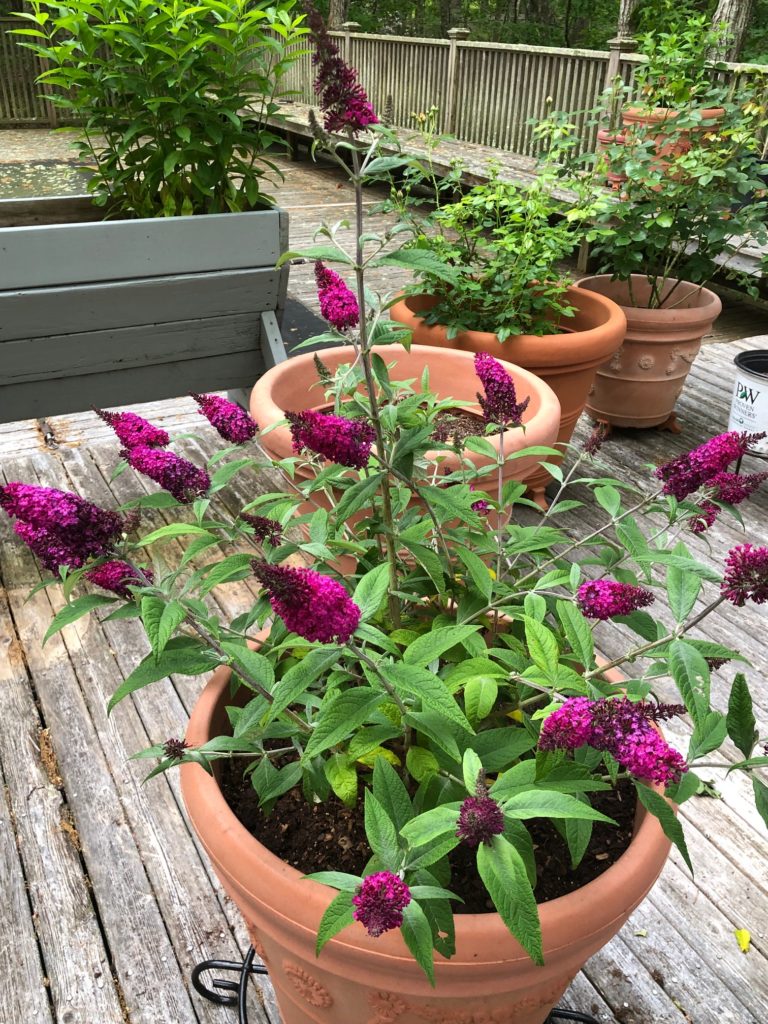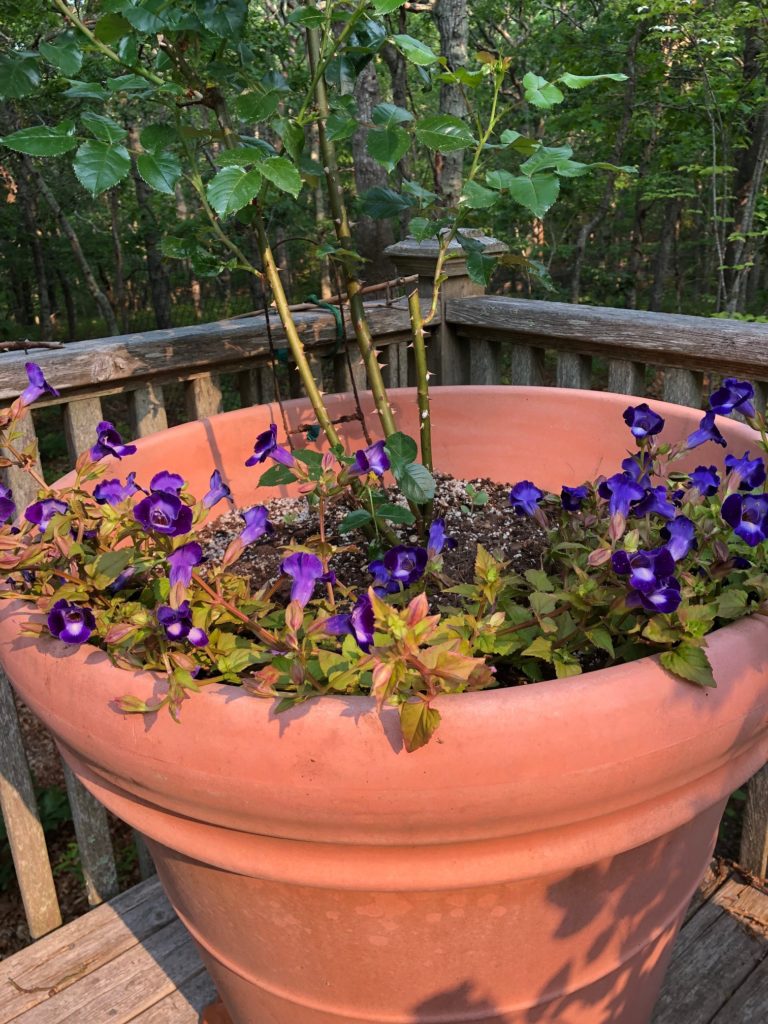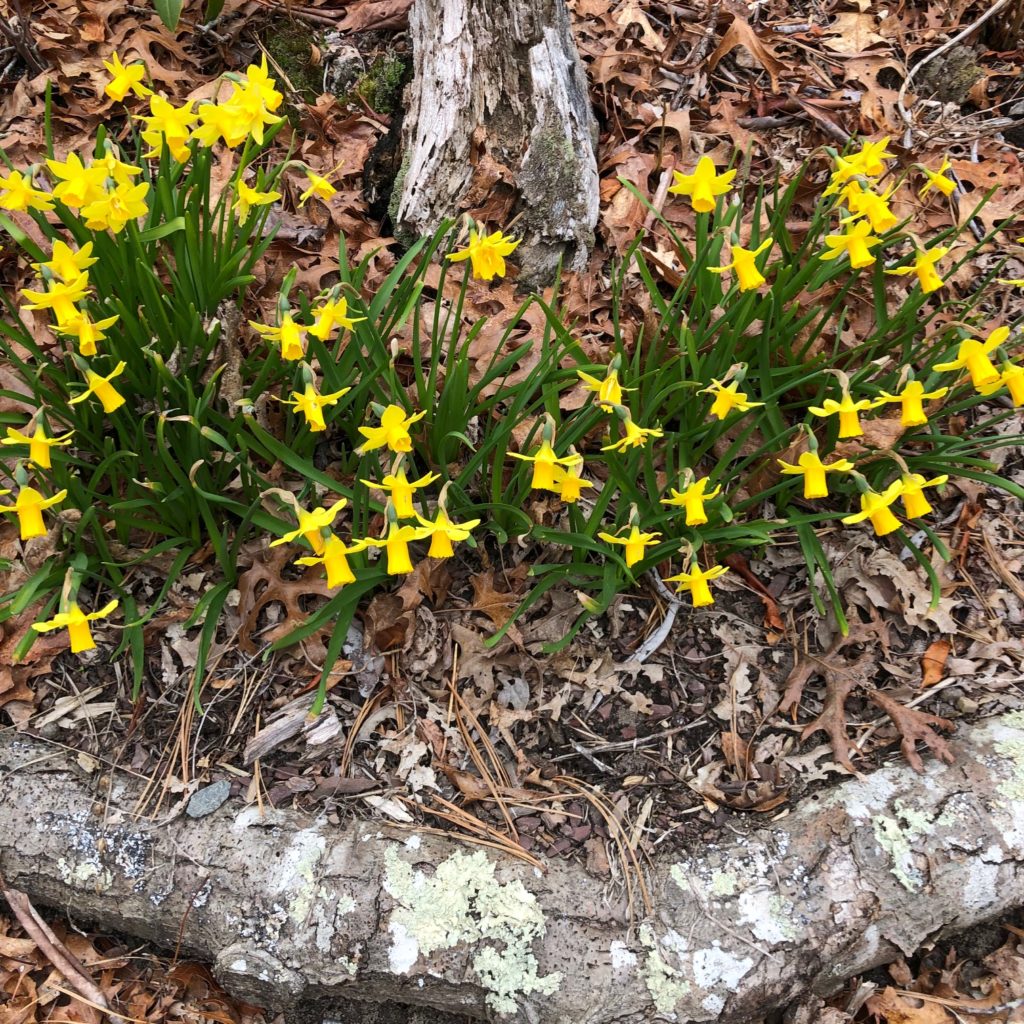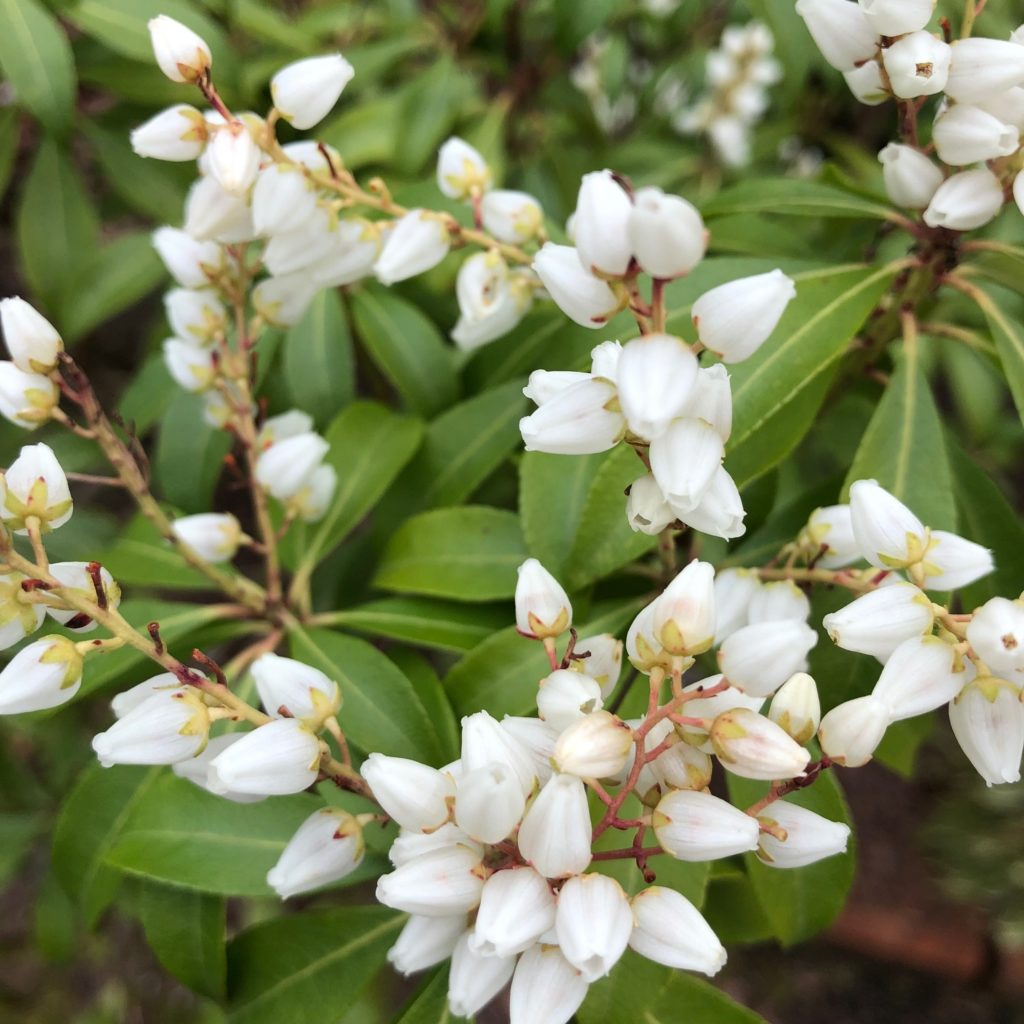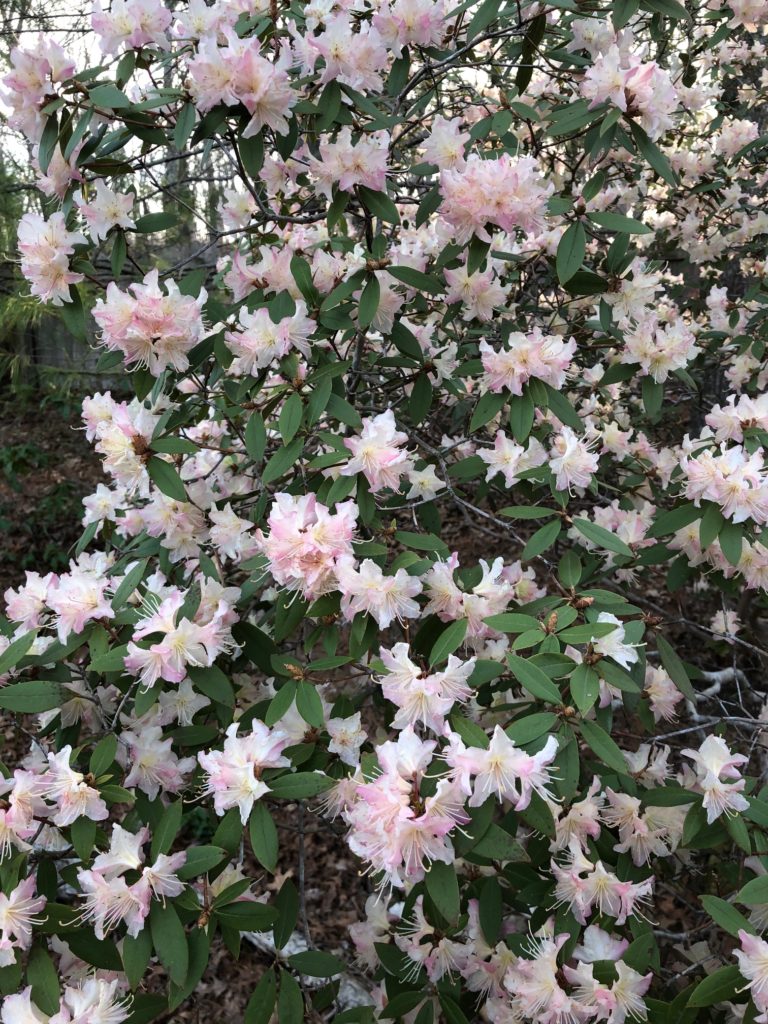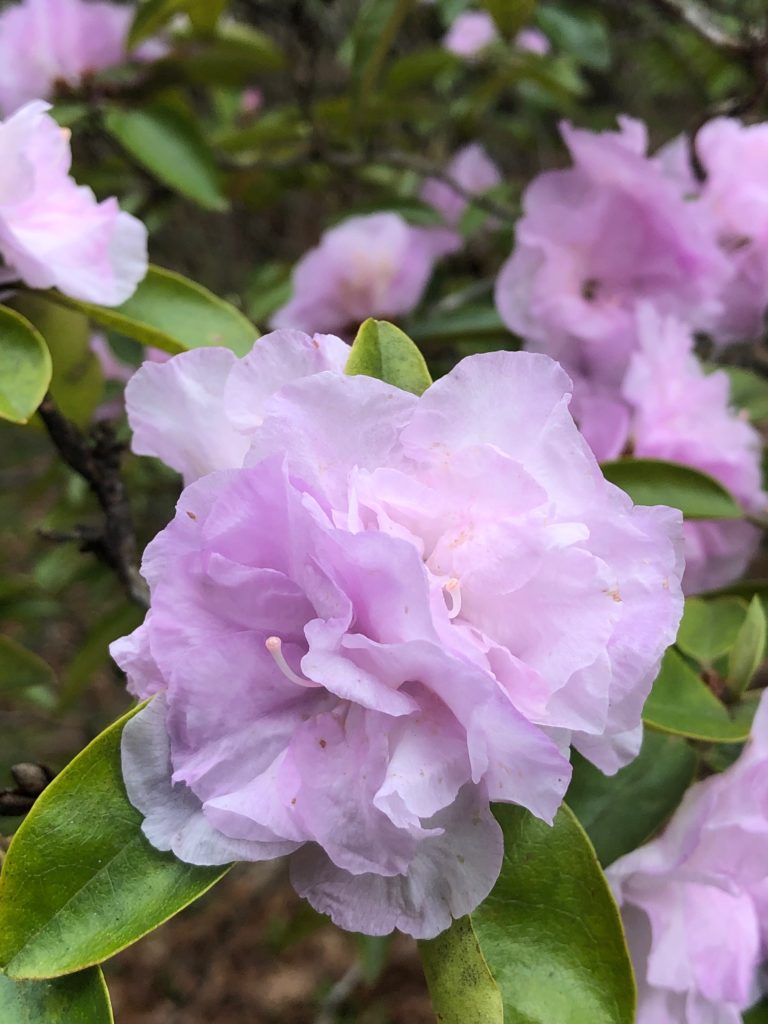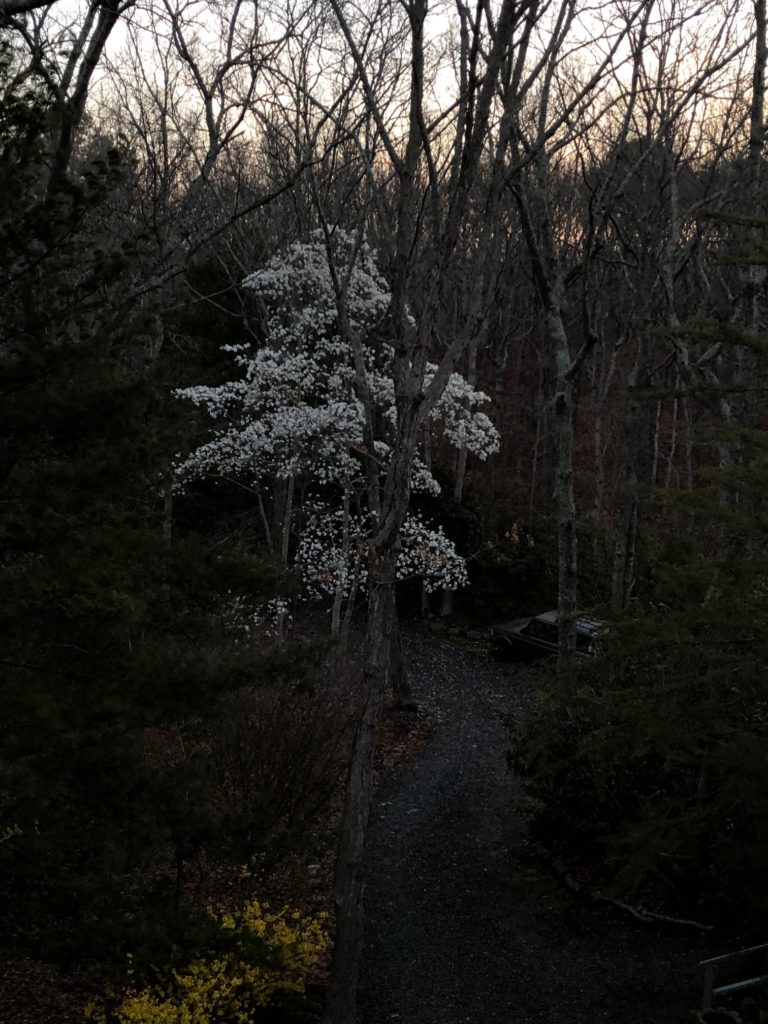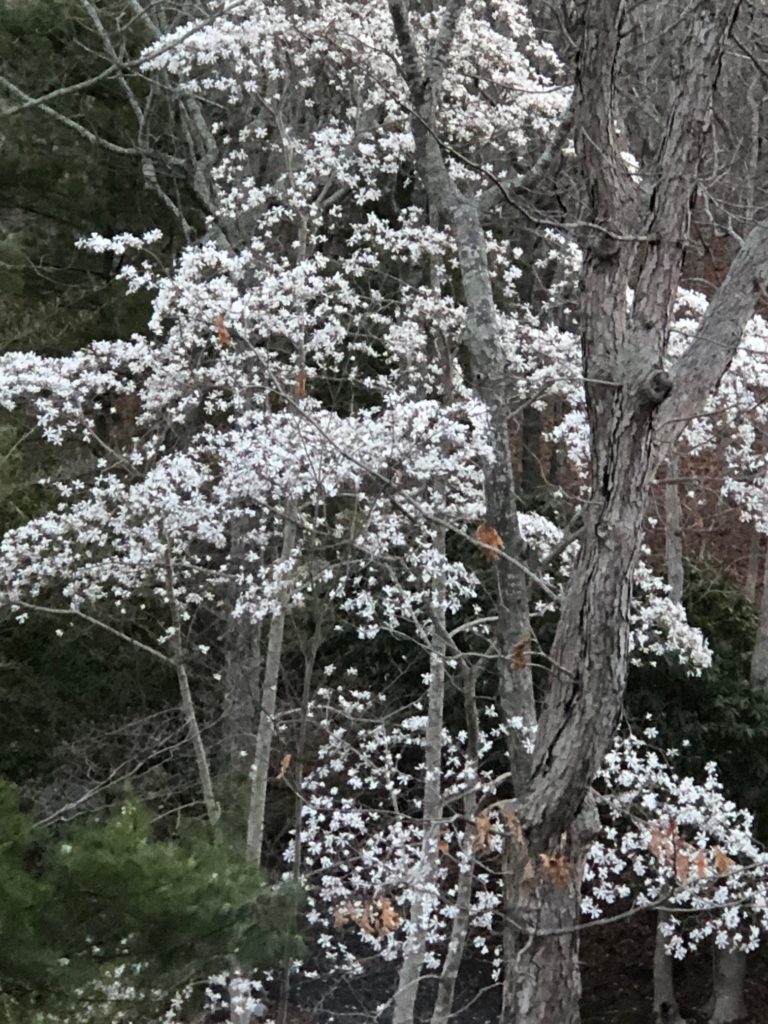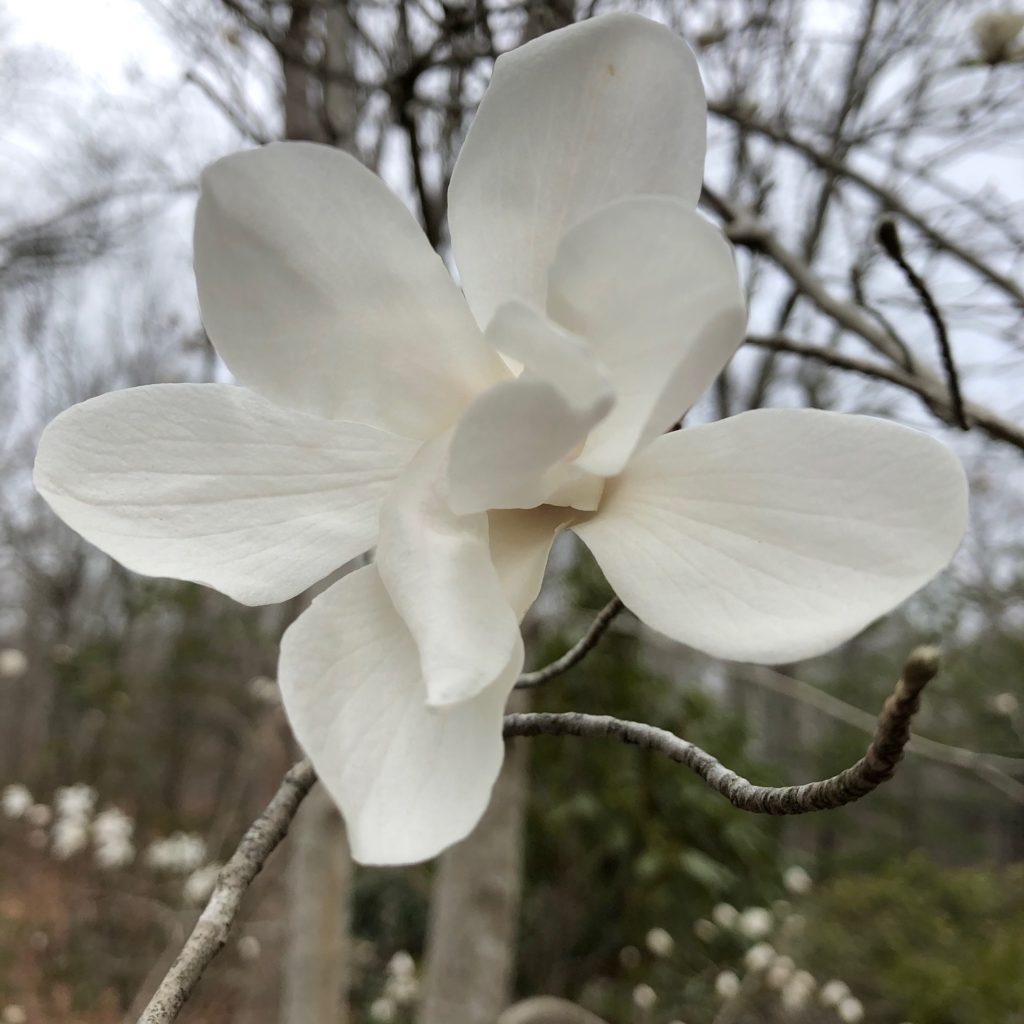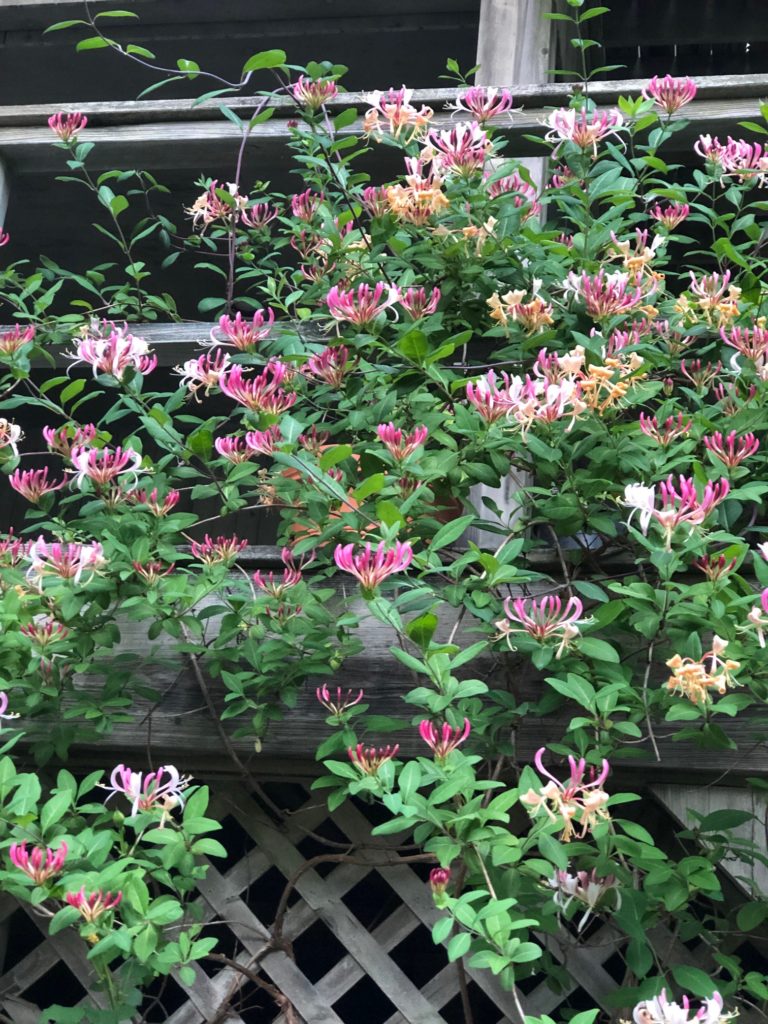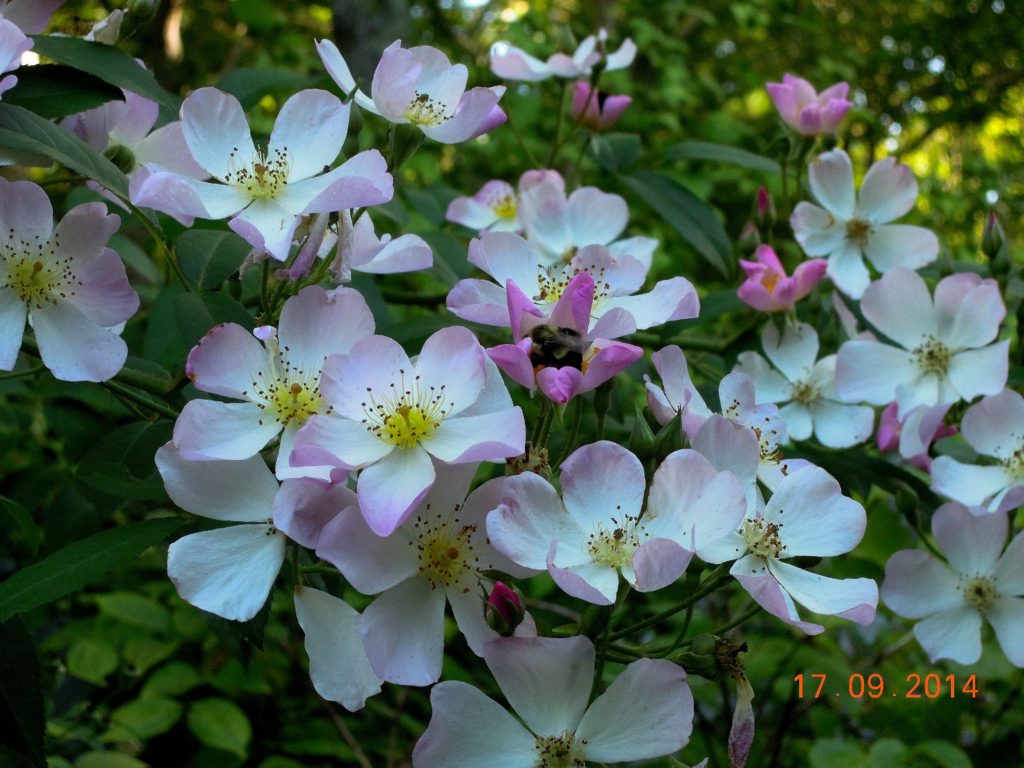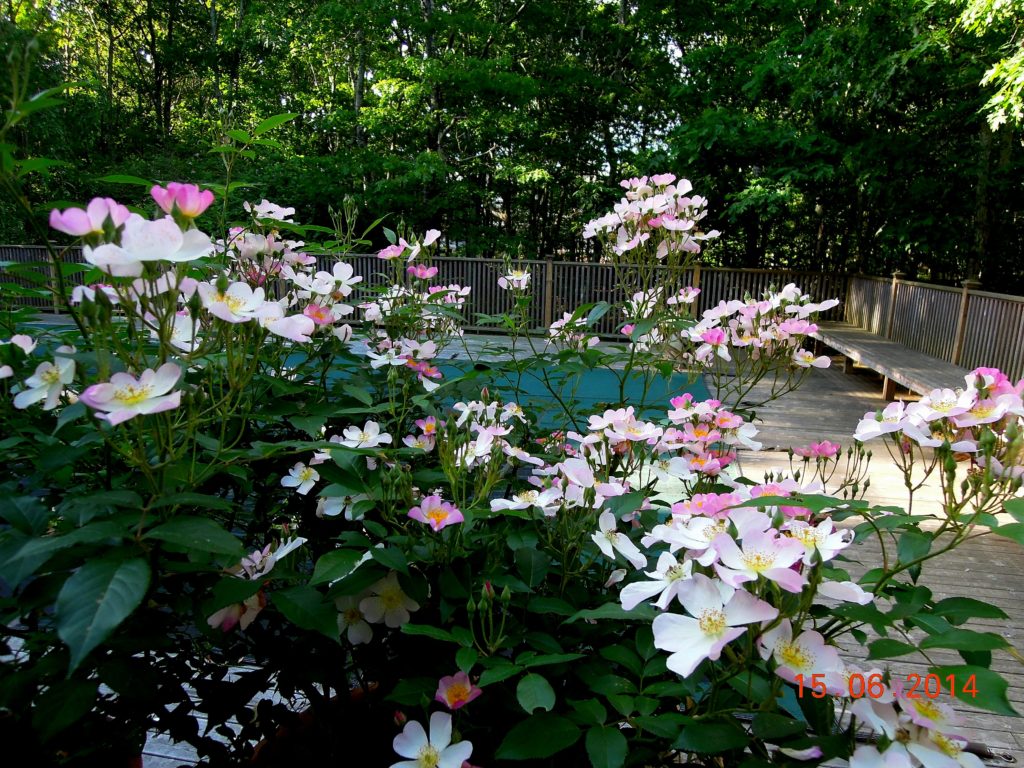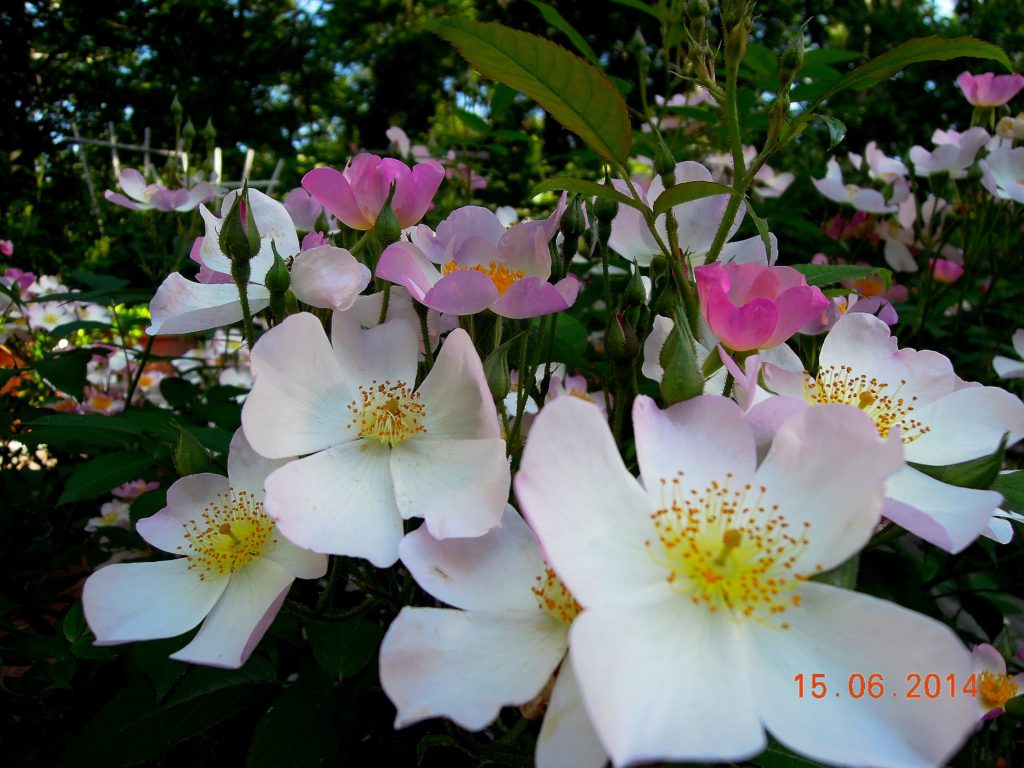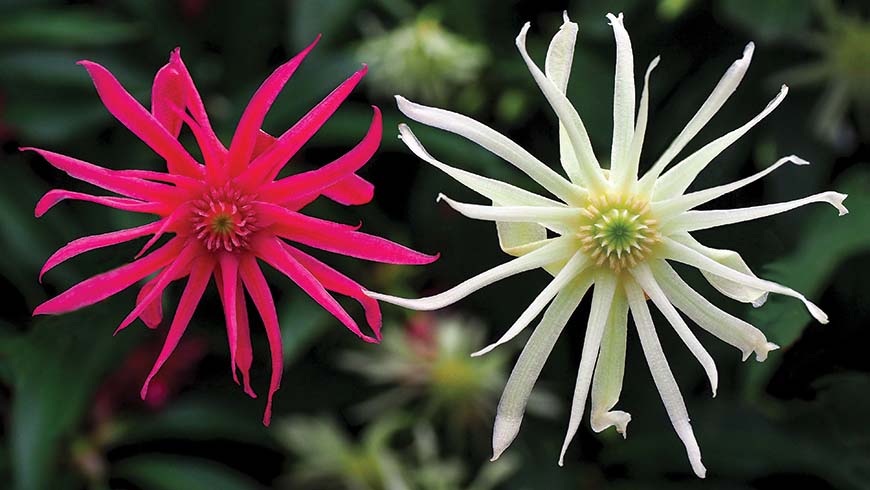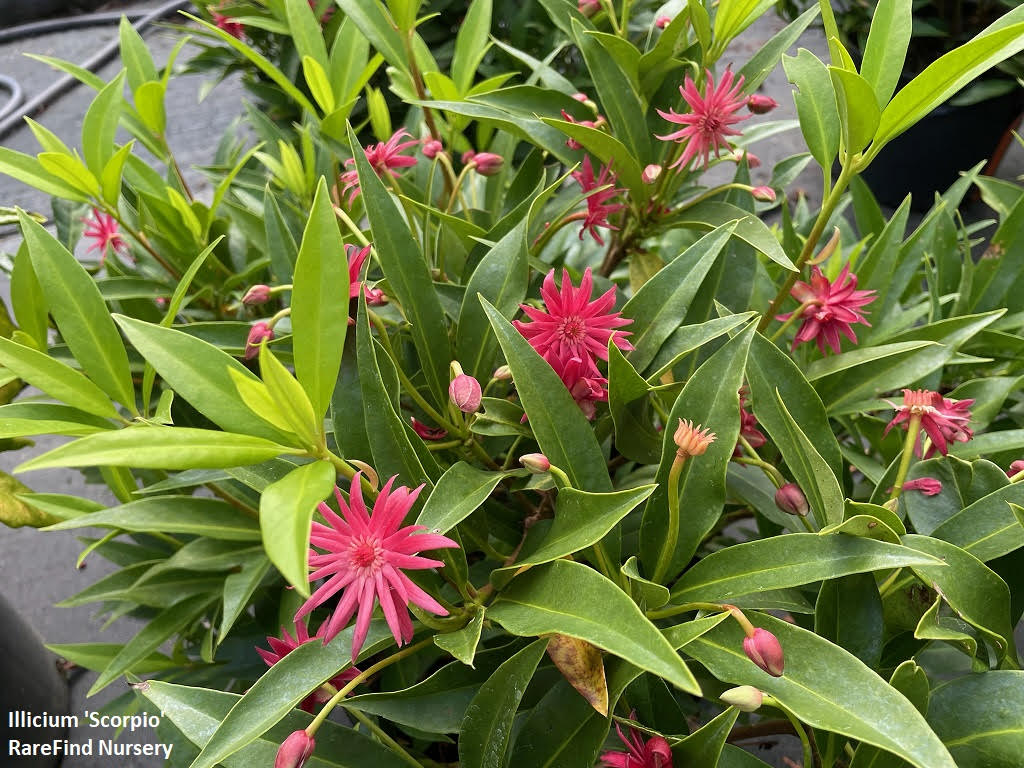“I like the dreams of the future better than the history of the past” Thomas Jefferson.
For gardeners, the history of the past informs the dreams of the future. While we tend to throw caution to the wind when we fall in love with plants, we benefit greatly by reviewing what worked and what didn’t before investing in additions to the garden.
2023 GARDEN FAILURES
With effective deer and vole protection finally in place, I thought it safe to plant Hostas in my shady landscape. They flourished for months. Then, in the Fall, the plants met up with marauding rabbits.
Sadly, Hostas are once again flora non grata. Ditto for Heucheras. (Shameless bunnies also gobbled up the Heuchara ‘Fire Alarm’ featured in the blog post “Summer 2023: Resplendent Plants.”)
As a keen gardening friend observed: “There is always something.”
2023 GARDEN SUCCESSES”
“One can never be too thin, too rich or have too many Erythroniums” said Daniel Hinkley, founder of the legendary Heronswood Nursery. In my garden, Erythromium was verboten because of voles. Until now.
In the Fall of 2022 I planted rodent-resistant Erythronium californicum ‘Pagoda’ (Trout Lily) Z 4-8 and this Spring was rewarded with luminous, buttery-yellow flowers. A Festival of Erythronium!
Provide rich, moist, well- drained, acidic soil in shade.
Another success was the rabbit-deer-rodent-resistant bulbs of Allium sphaerocephalon (The Drumstick Allium) Z 4-9. The delightful long-stemmed, summer-blooming, purple dancing flowers were pollinator magnets.
Provide organically rich, well-drained soil.
Crucial to my garden’s success are plants with attractive, interesting foliage. I’m especially fond of variegated plants and I was captivated by a photo of a tropical variegated plant, Alpinia zerumbet ‘Variegata’ (Shell Ginger) Z 8-11, that appeared on the cover of Richters 2023 Herb & Vegetable catalogue.
The plant’s ornamental, aromatic foliage is even more dazzling in person.
In addition to its show-stopping beauty, Shell Ginger has been widely used for medicinal and culinary purposes. It will not survive the frost in my Zone 7a garden but it can be overwintered as a houseplant. A. z. ‘Variegata’ is called Shell Ginger because in its second year it produces flowers that resemble sea shells.
On our upper deck, the disease-free, pest-free, plant thrives in a container of moist, organic potting soil, without added amendments or fertilizer.
Richters has an impressive inventory of plants and seeds, including an outstanding selection of tea plants. My tea junkie husband’s favorite this year was the pineapple-scented sage, Salvia elegans Z 9-10. The striking red flowers are a bonus.
Richters online: www.richters.com; phone: 1-800-668-4372.
Finally, a nostalgic look back to the first year of my blog: In a post on November 2011 I extolled the merits of the extraordinary Autumn and Spring flowering Azalea ‘Marshy Point’s Humdinger.’ The photo of Humdinger below was taken on November 2023. Twelve years of beautiful, twice-yearly, reliable bloom, from a hardy, disease-free shrub. A success worth celebrating!
Wishing you all a wonderful Thanksgiving!
